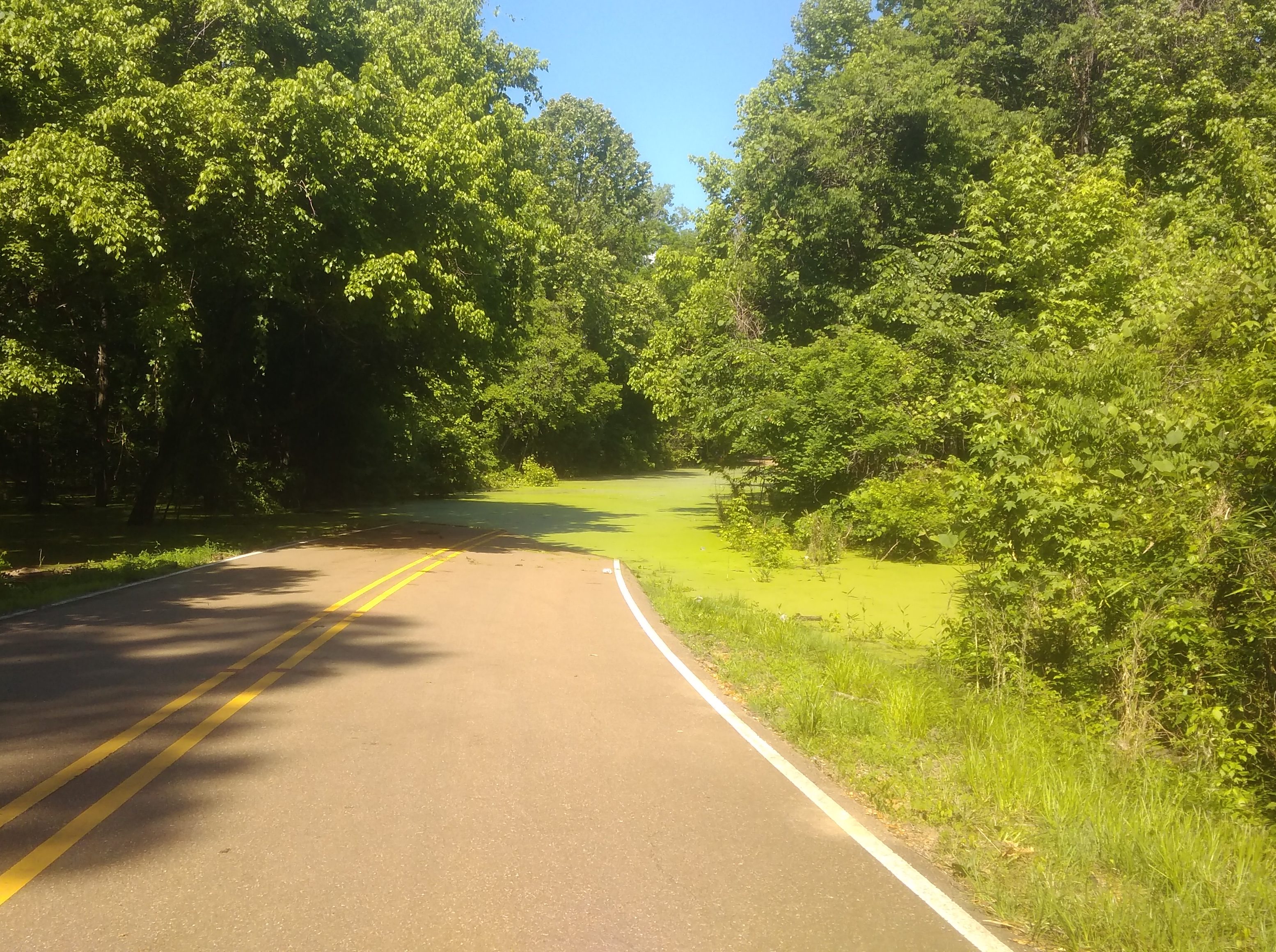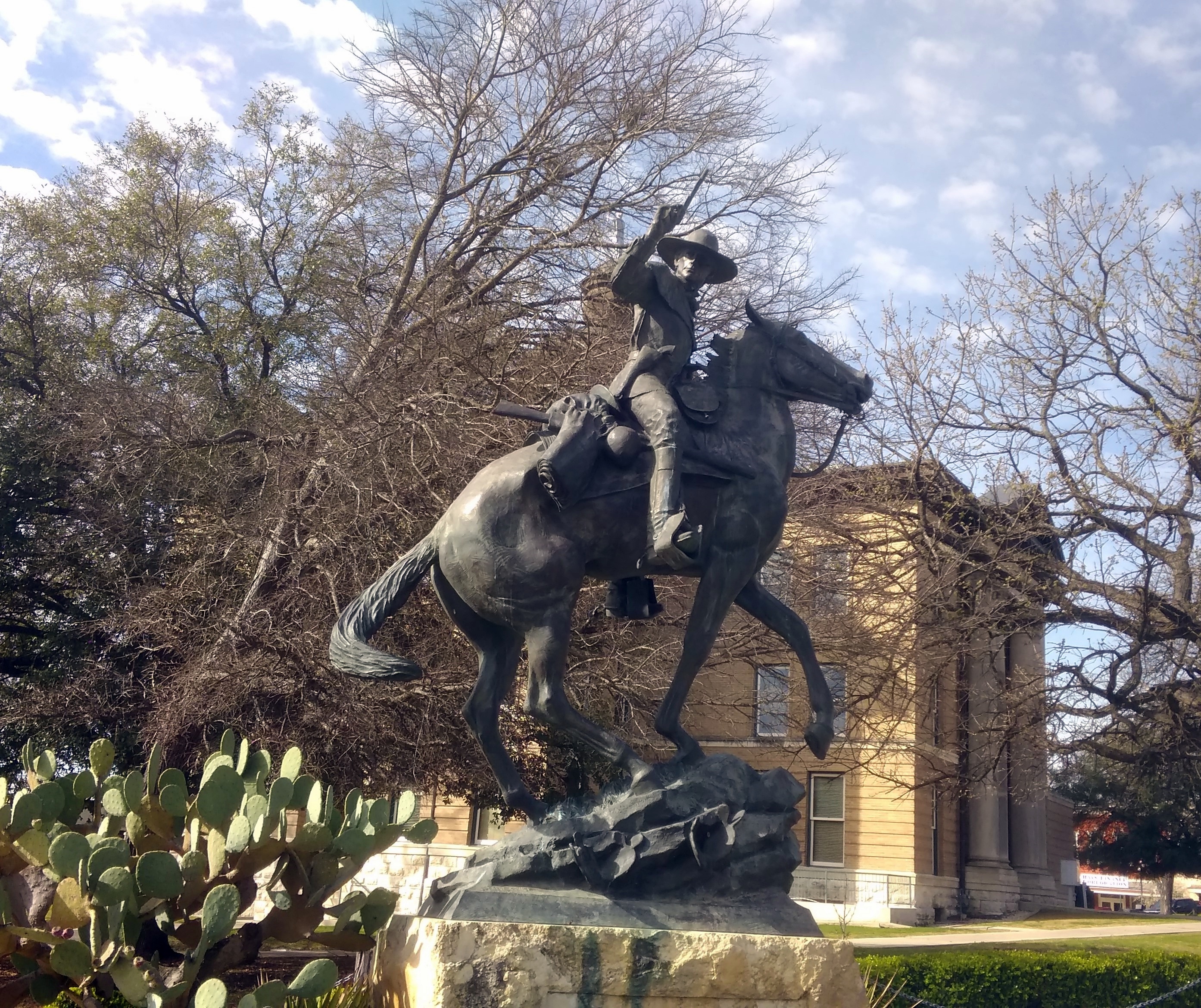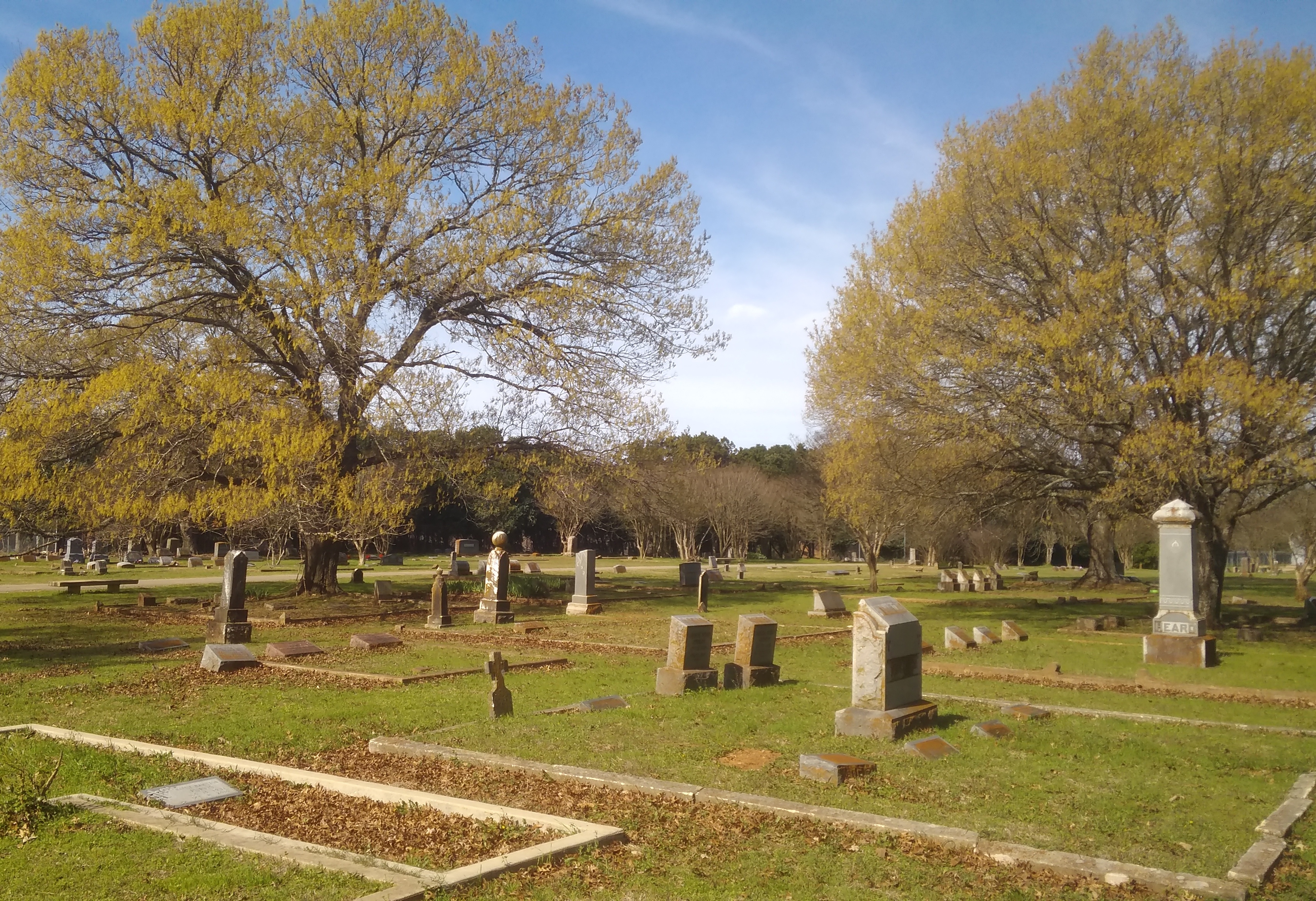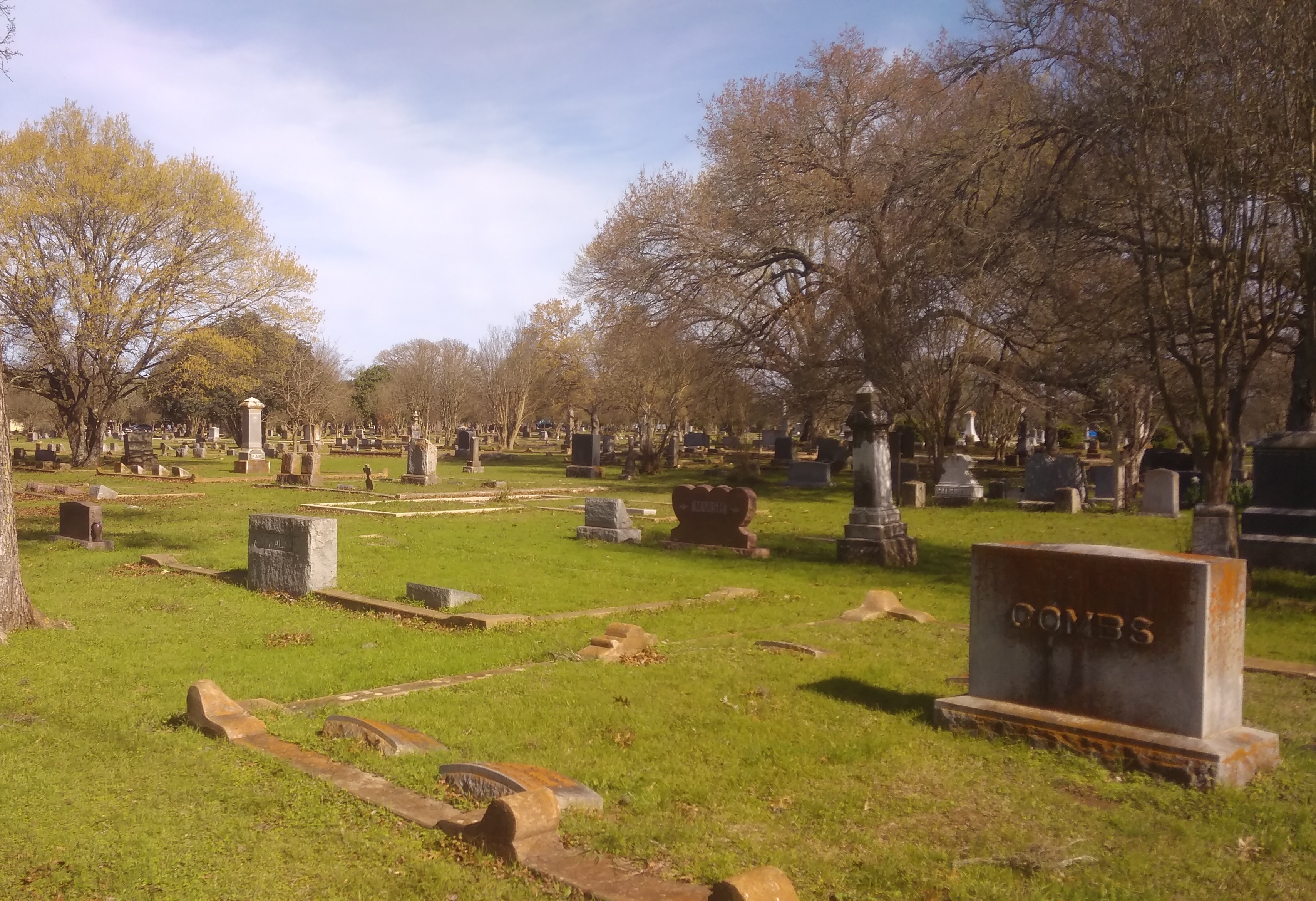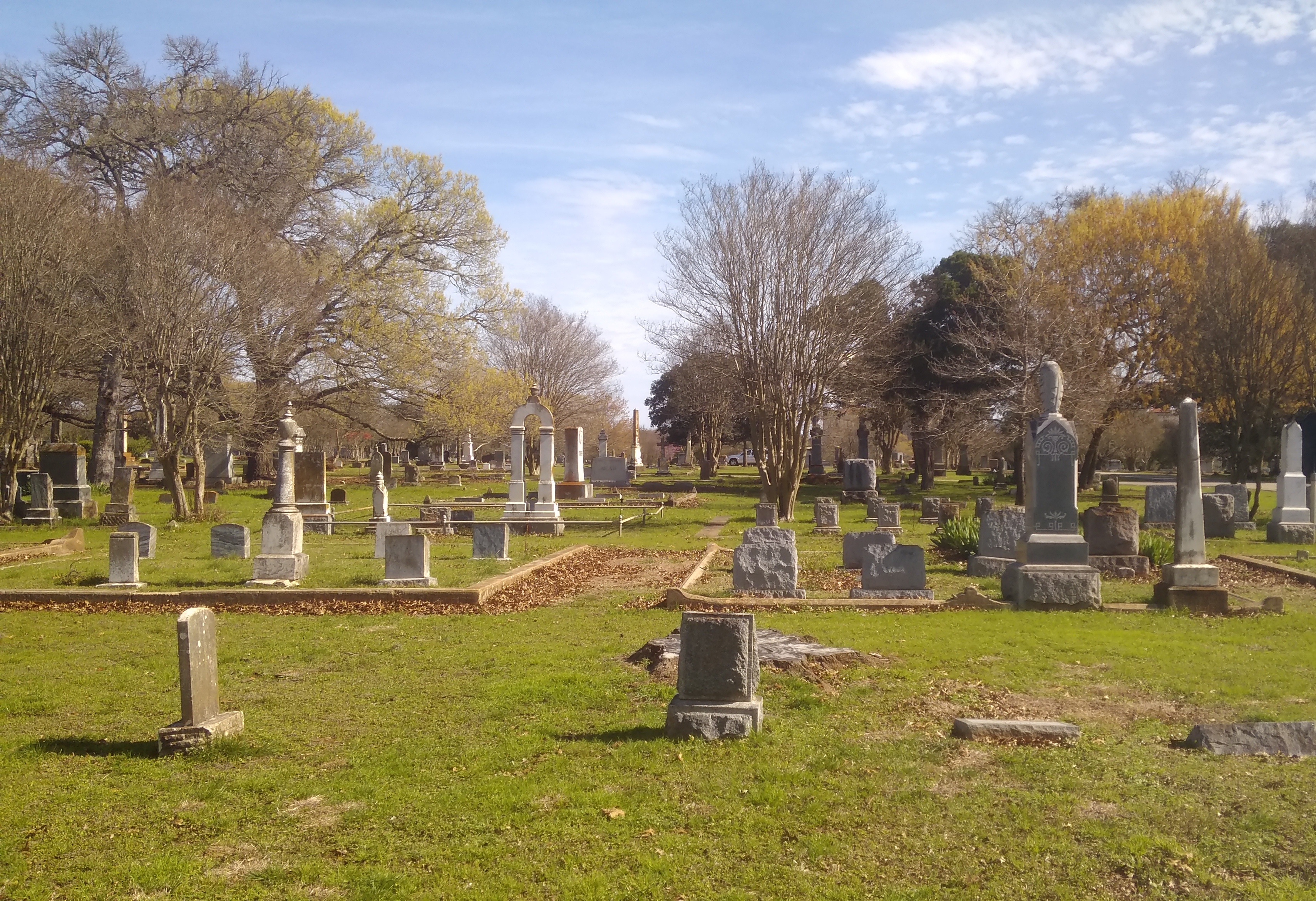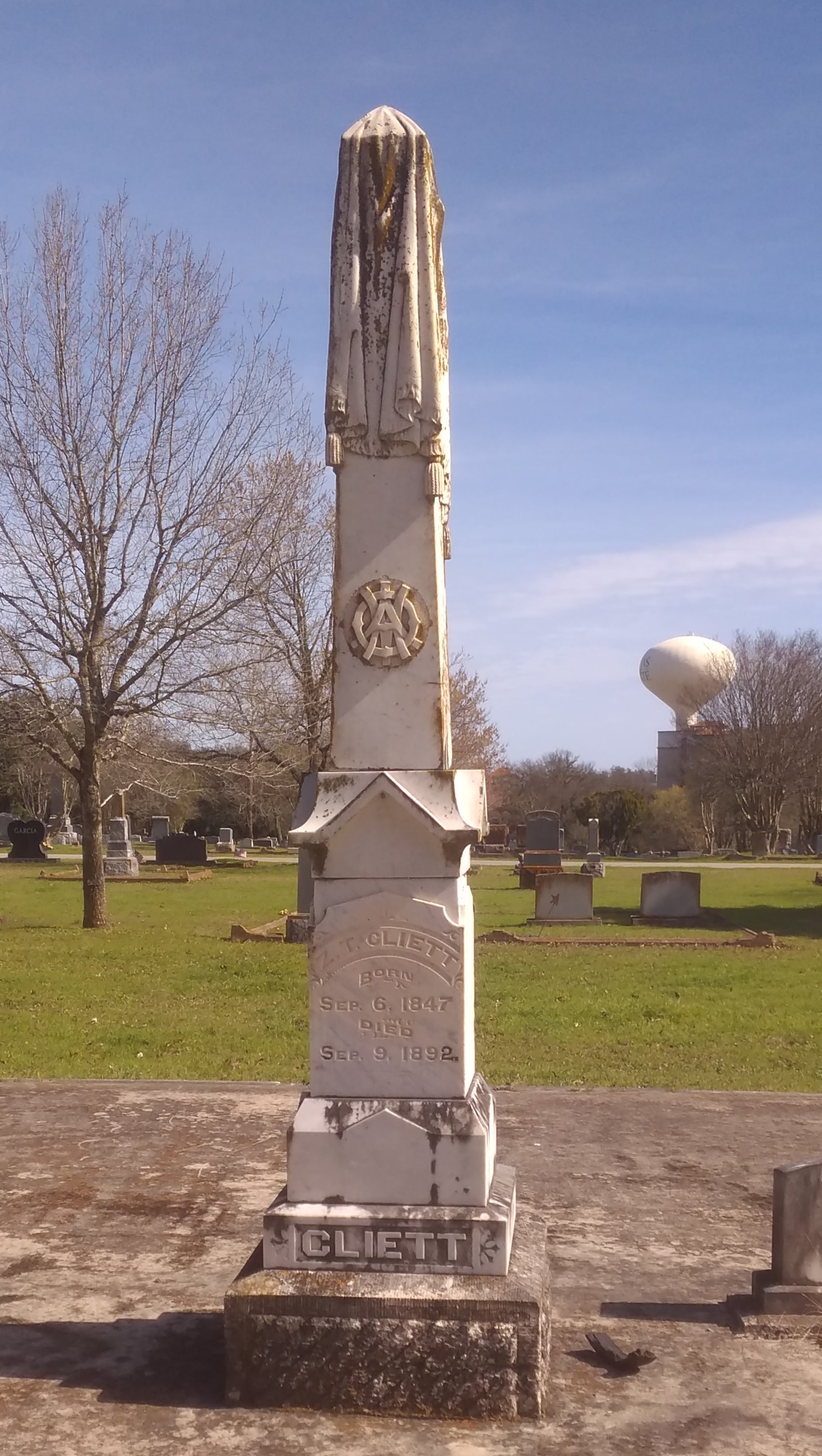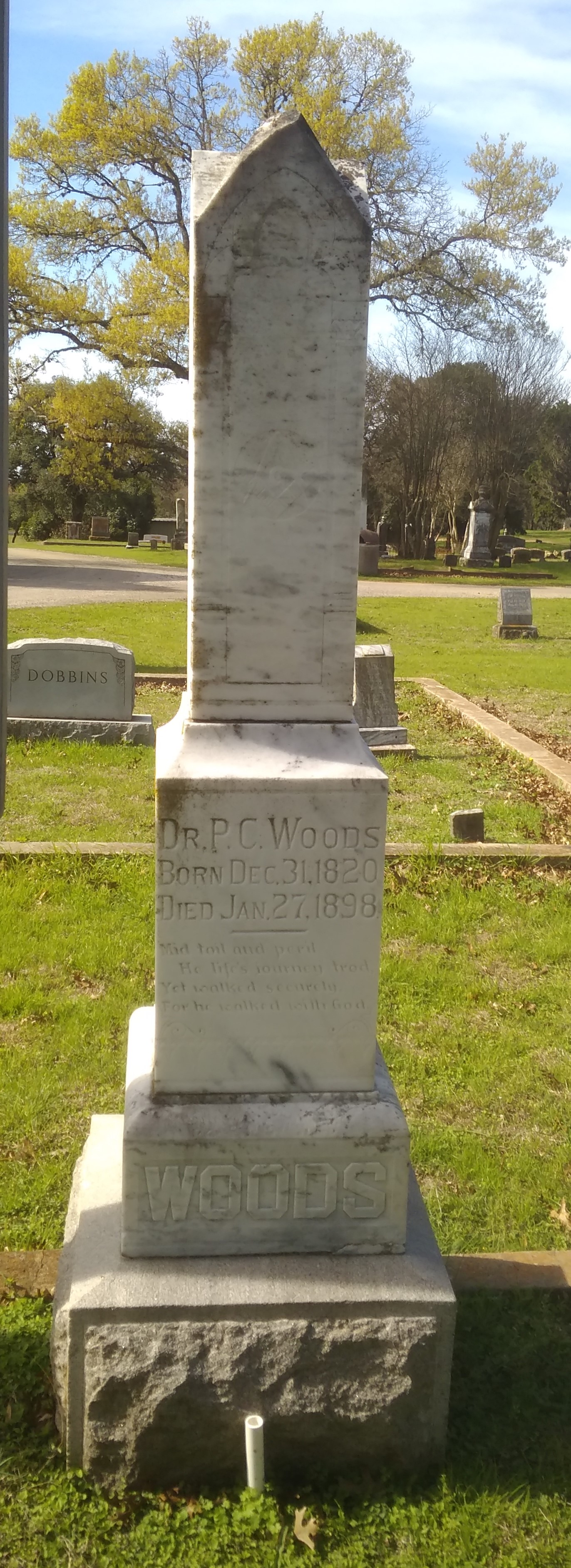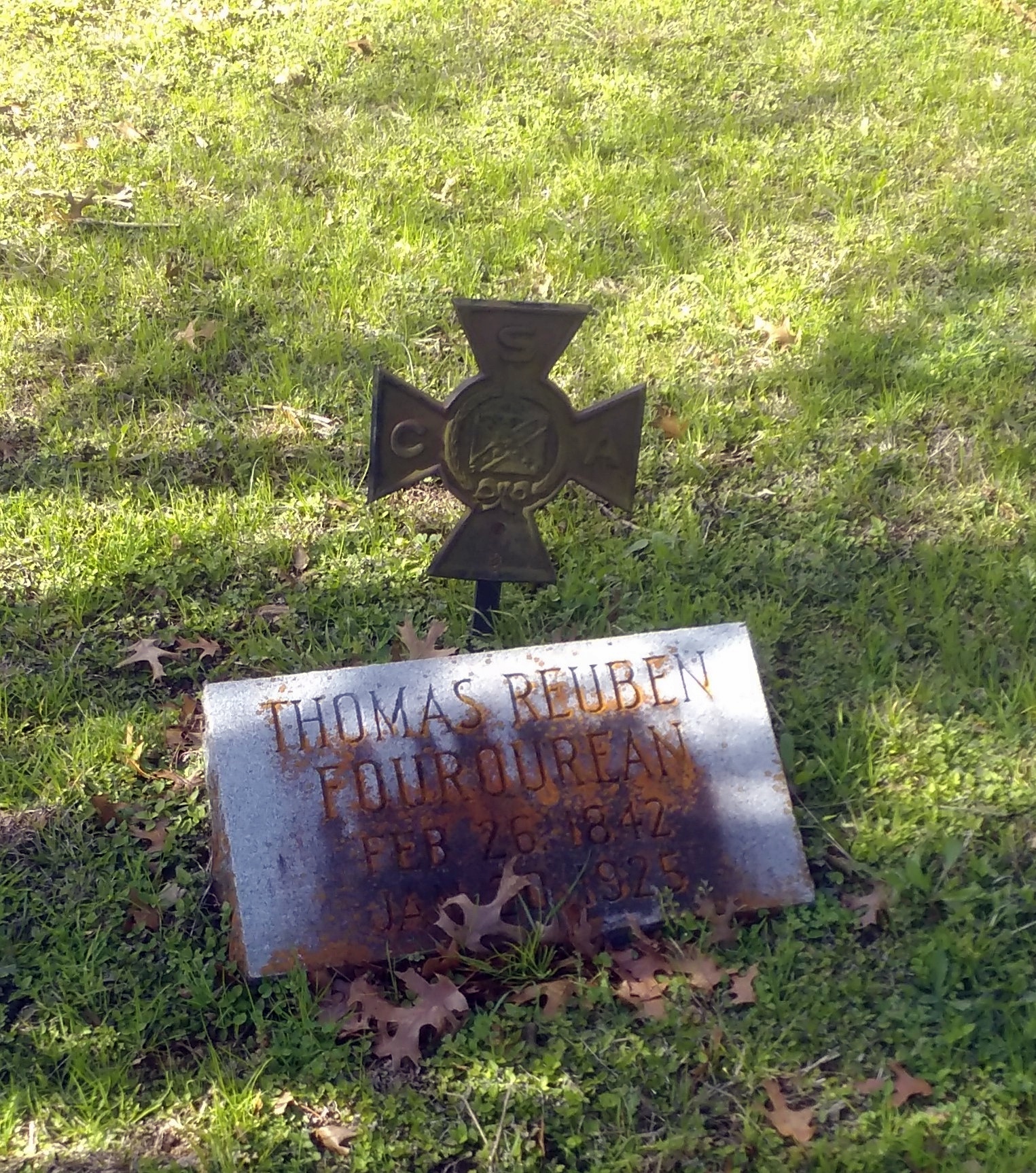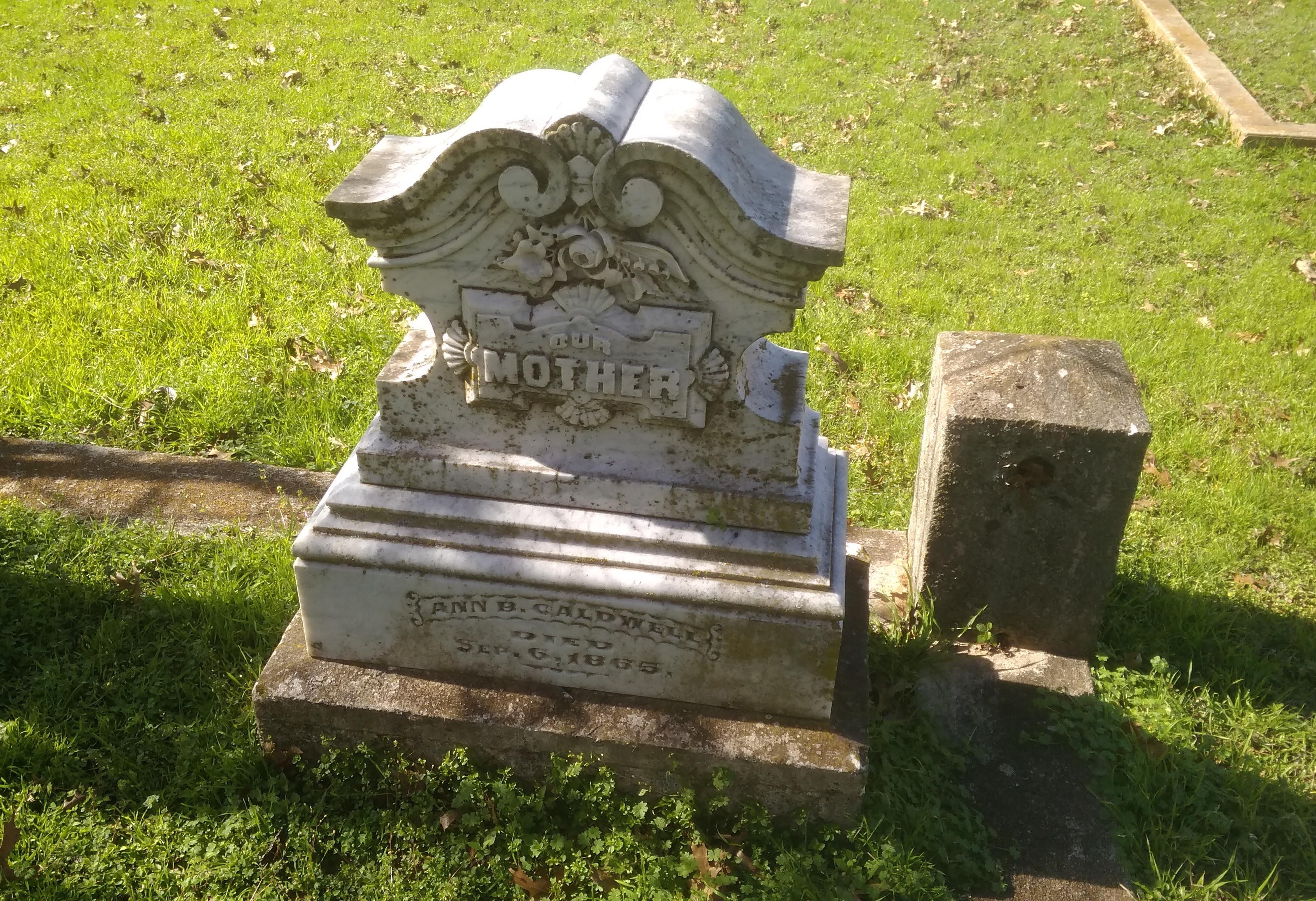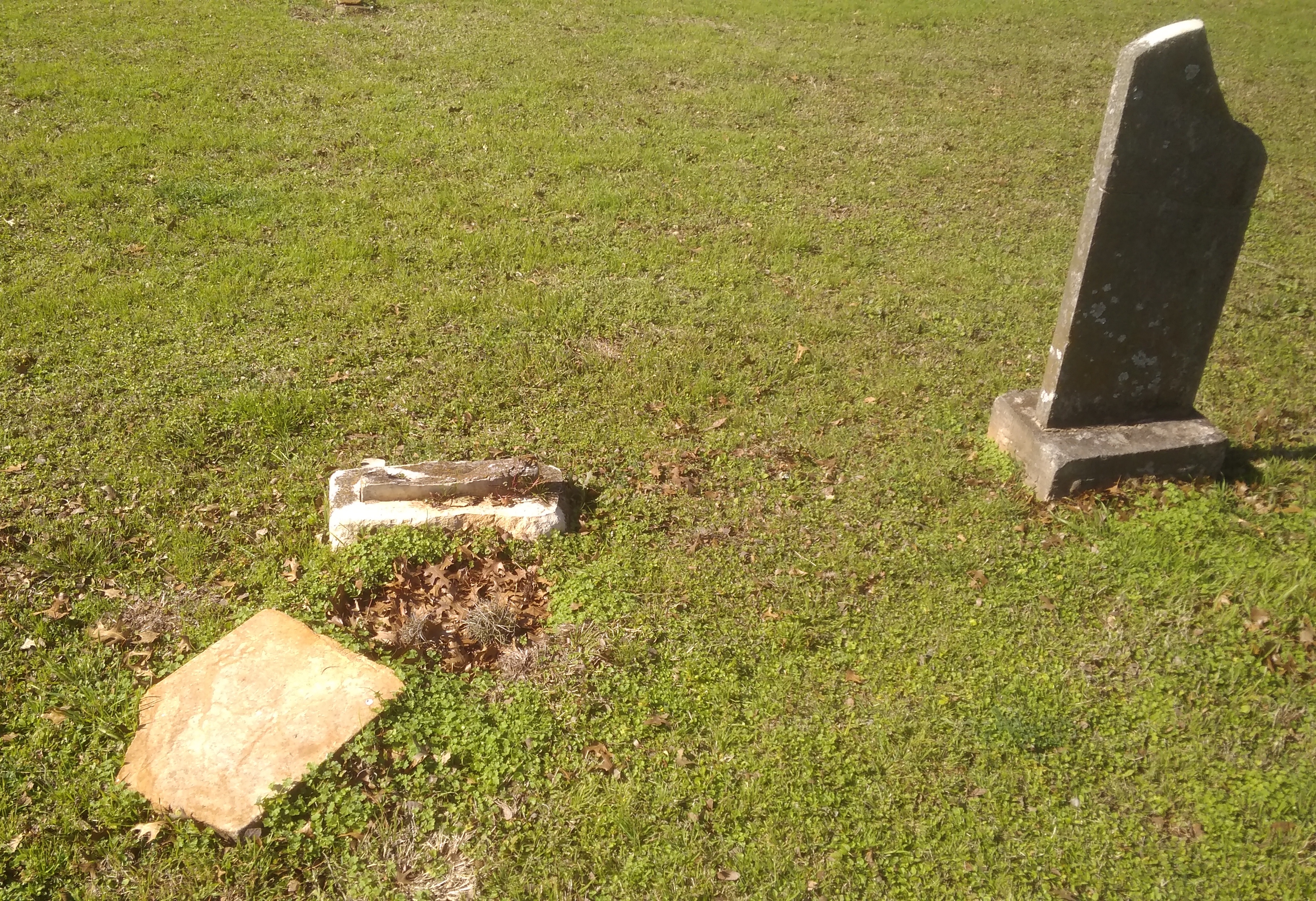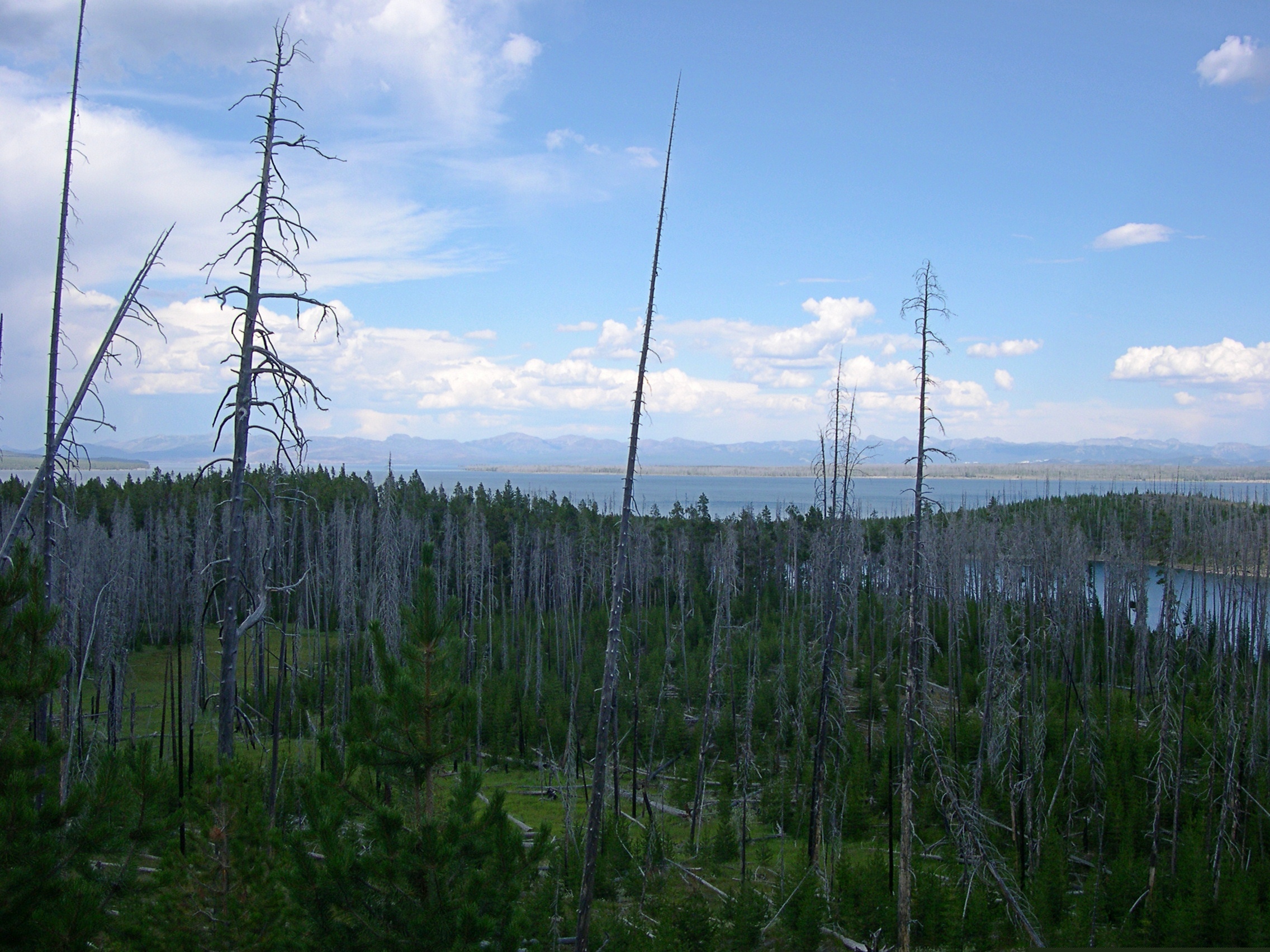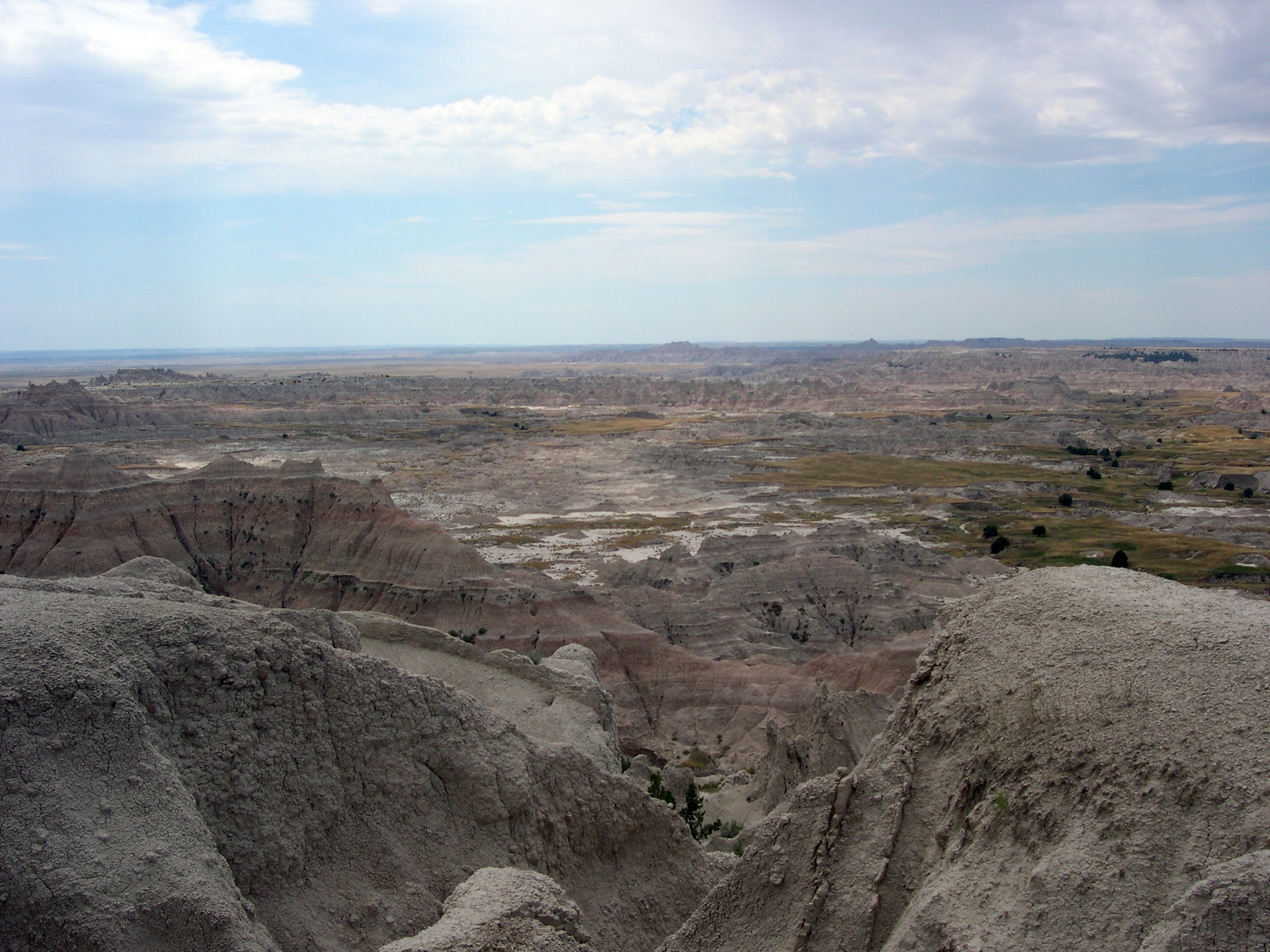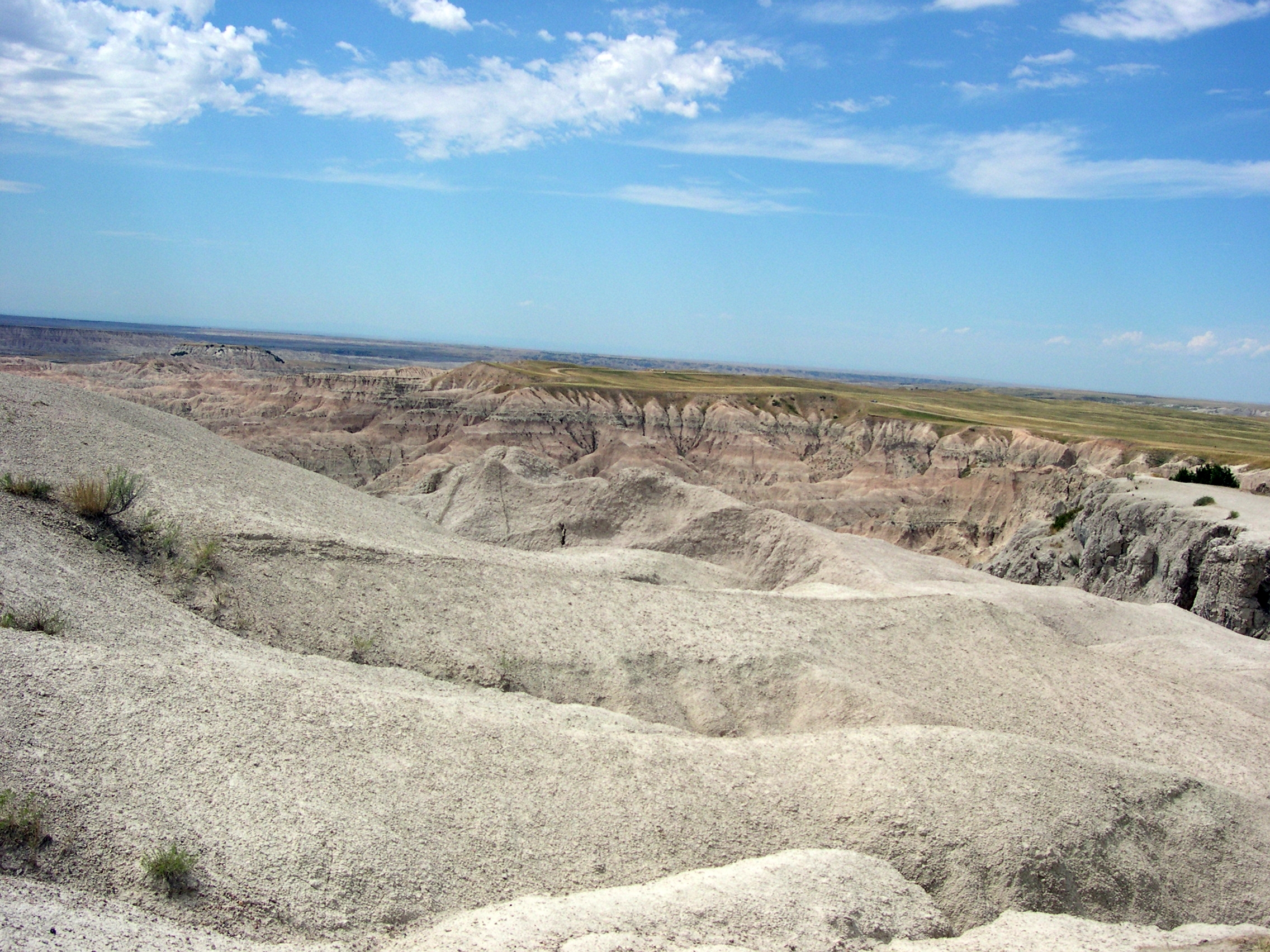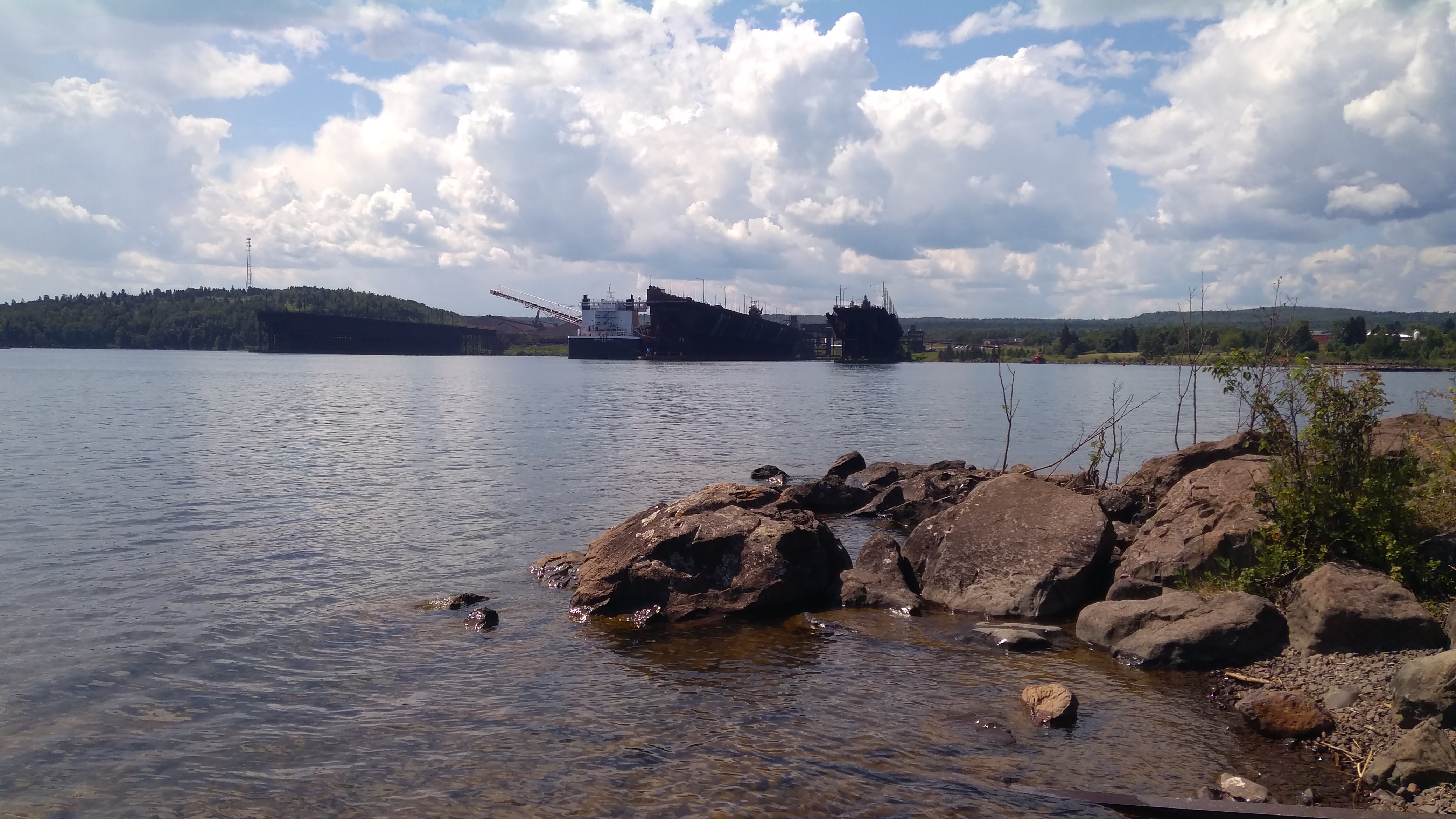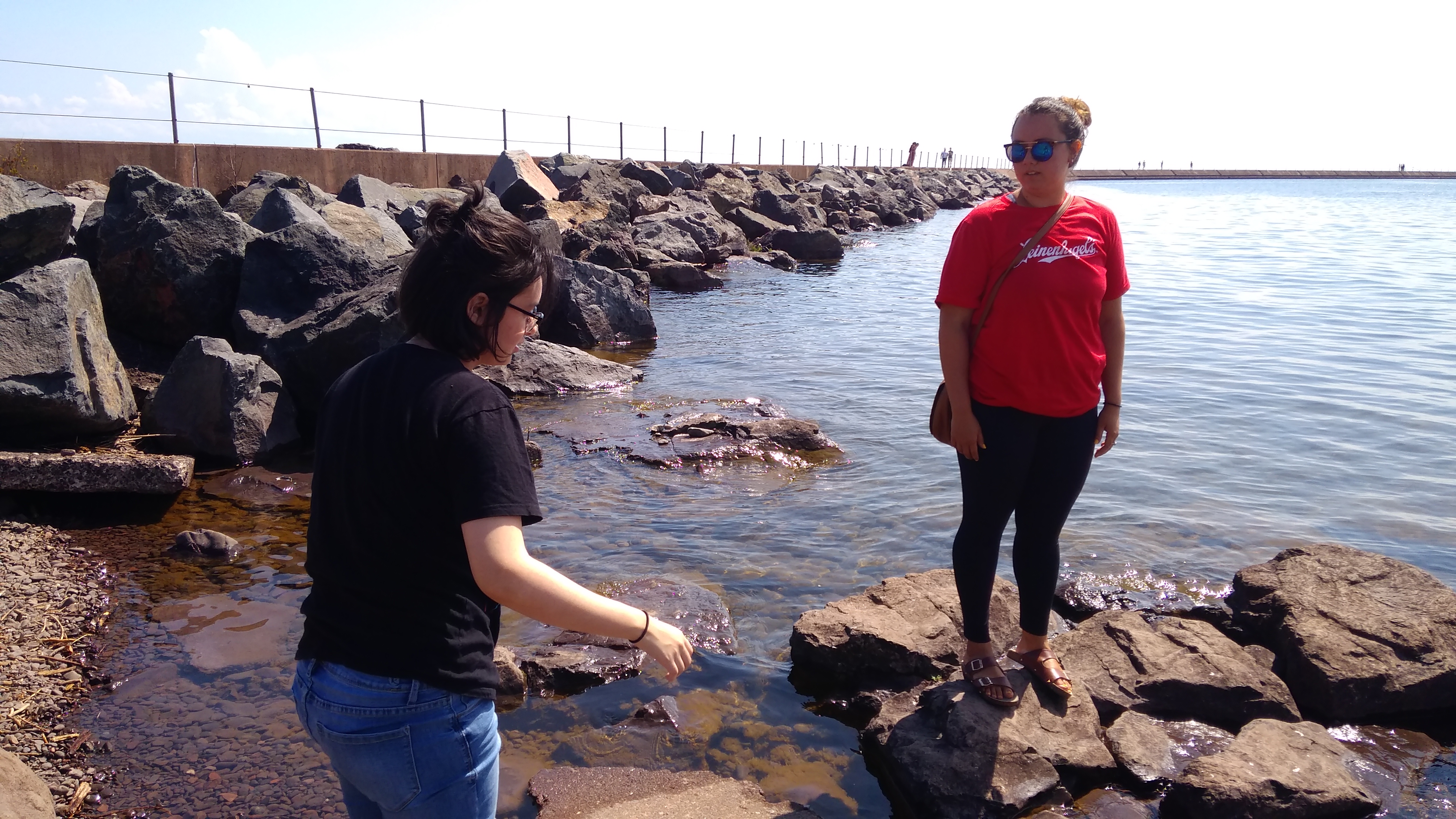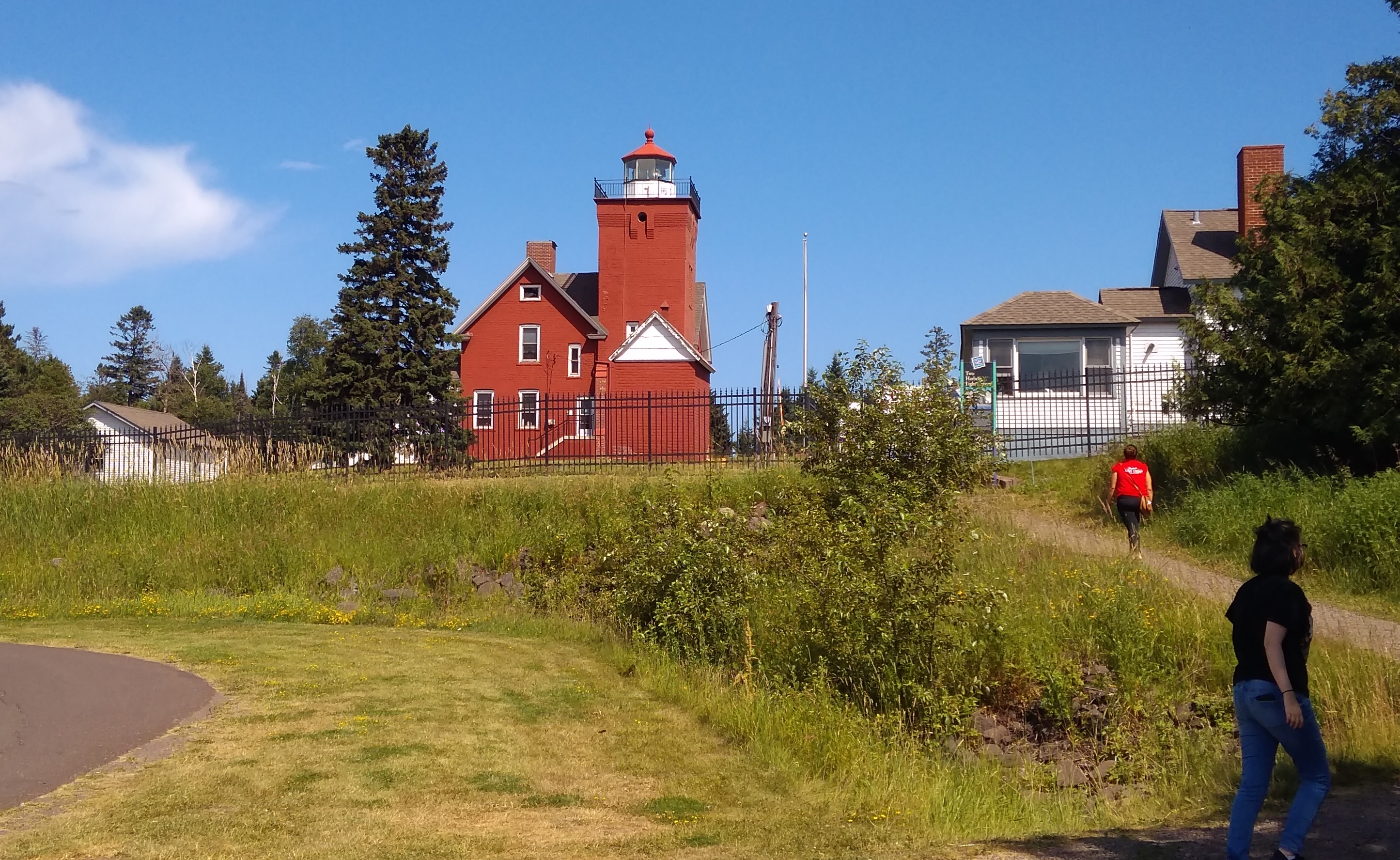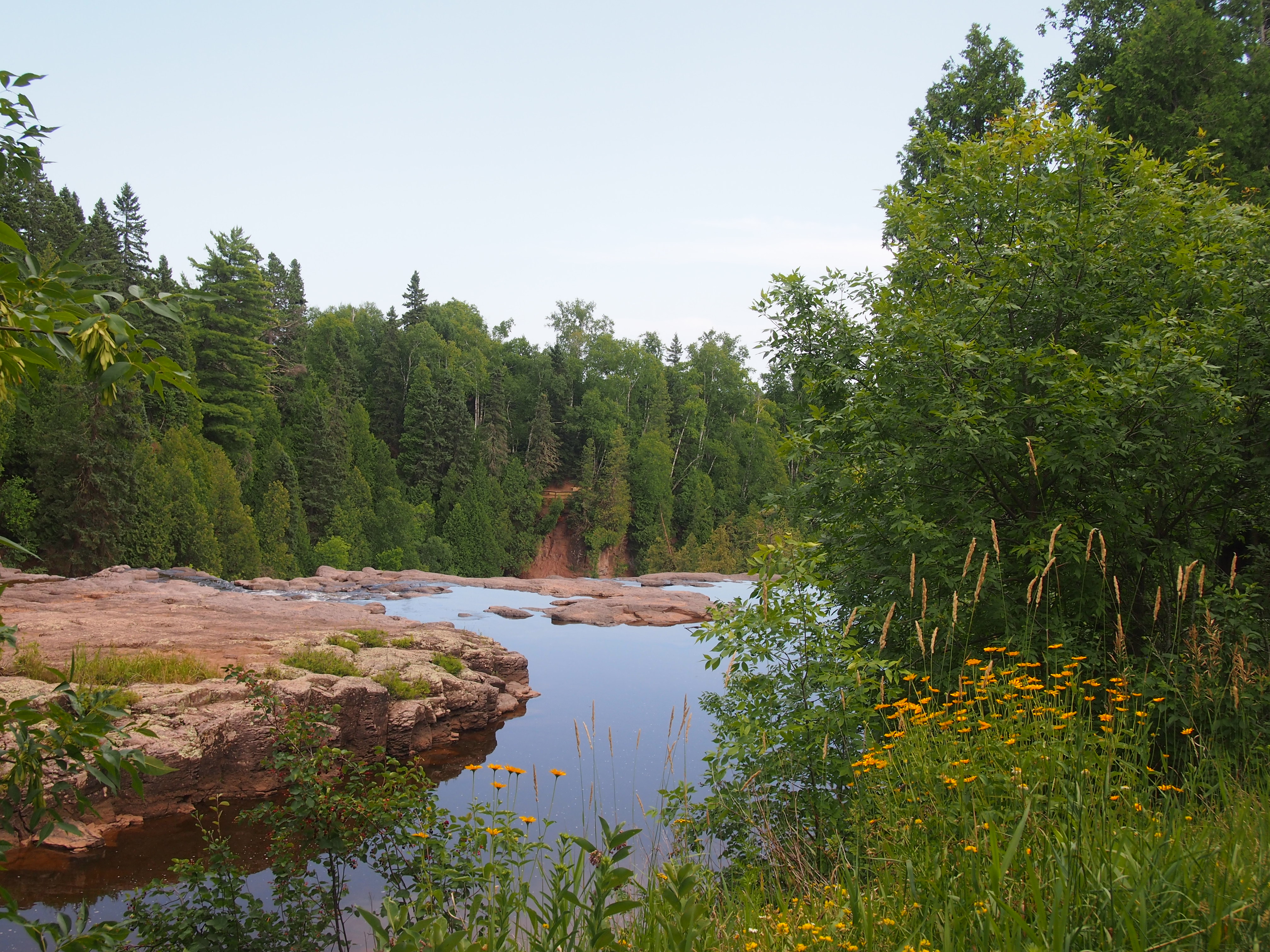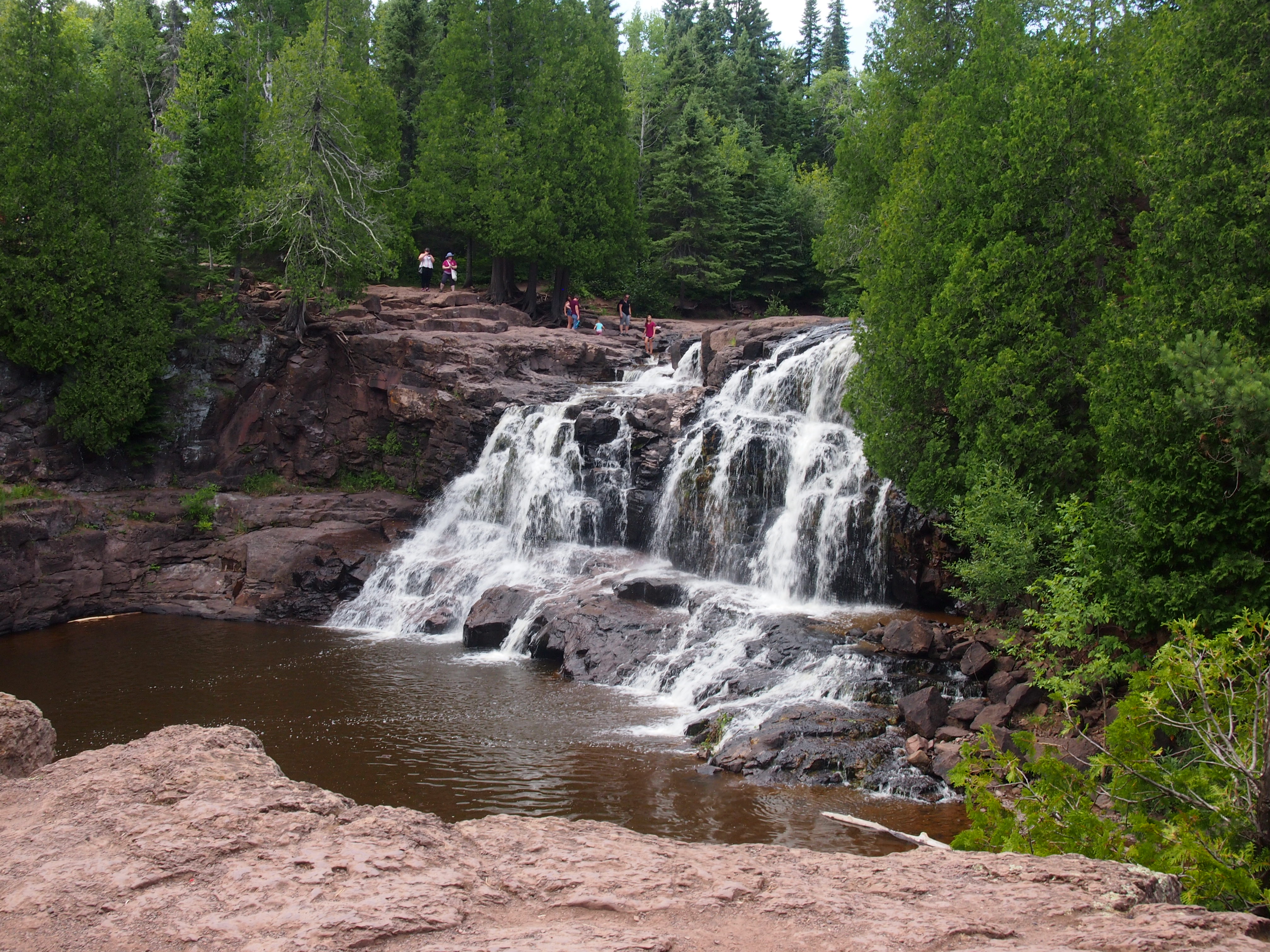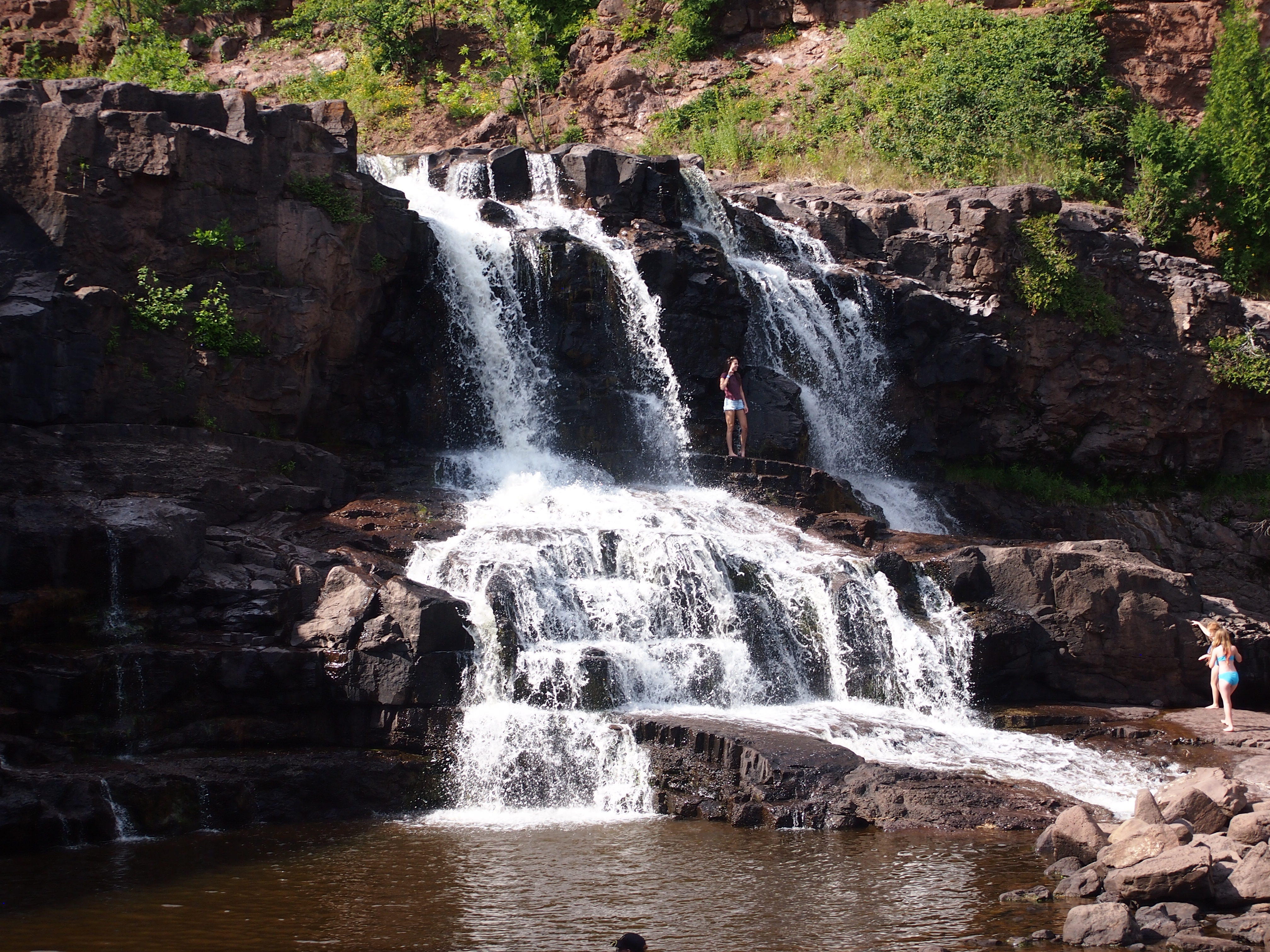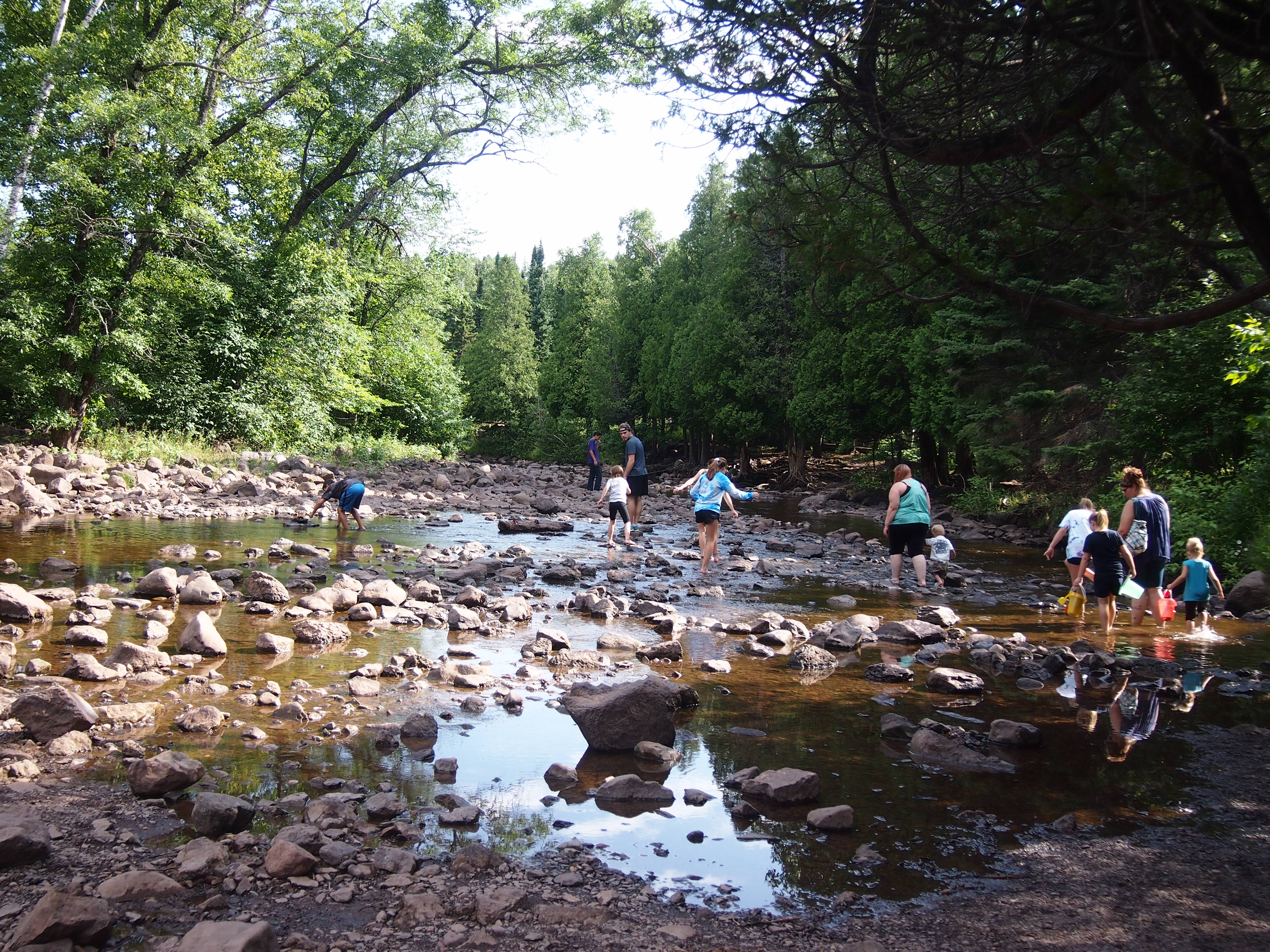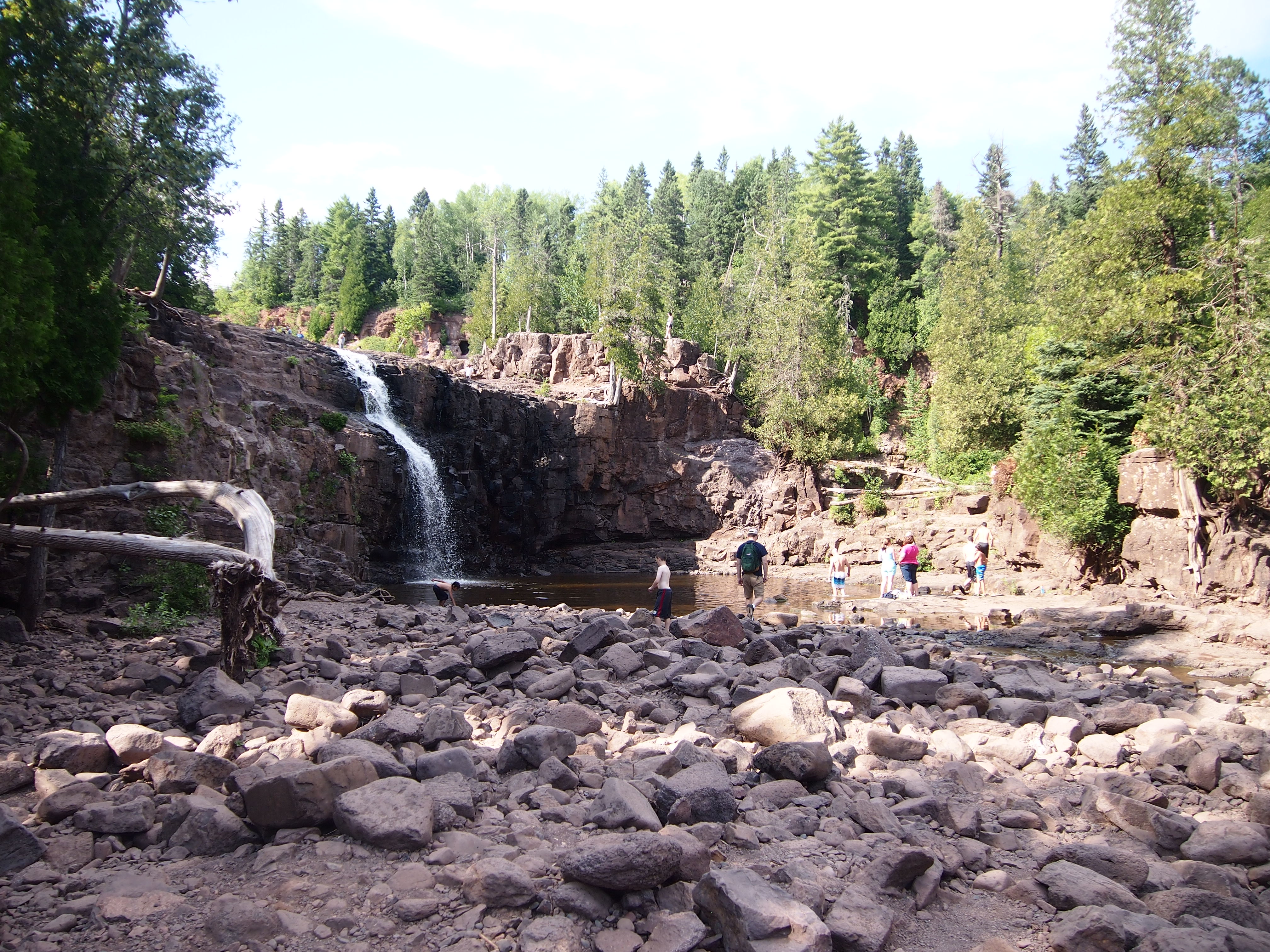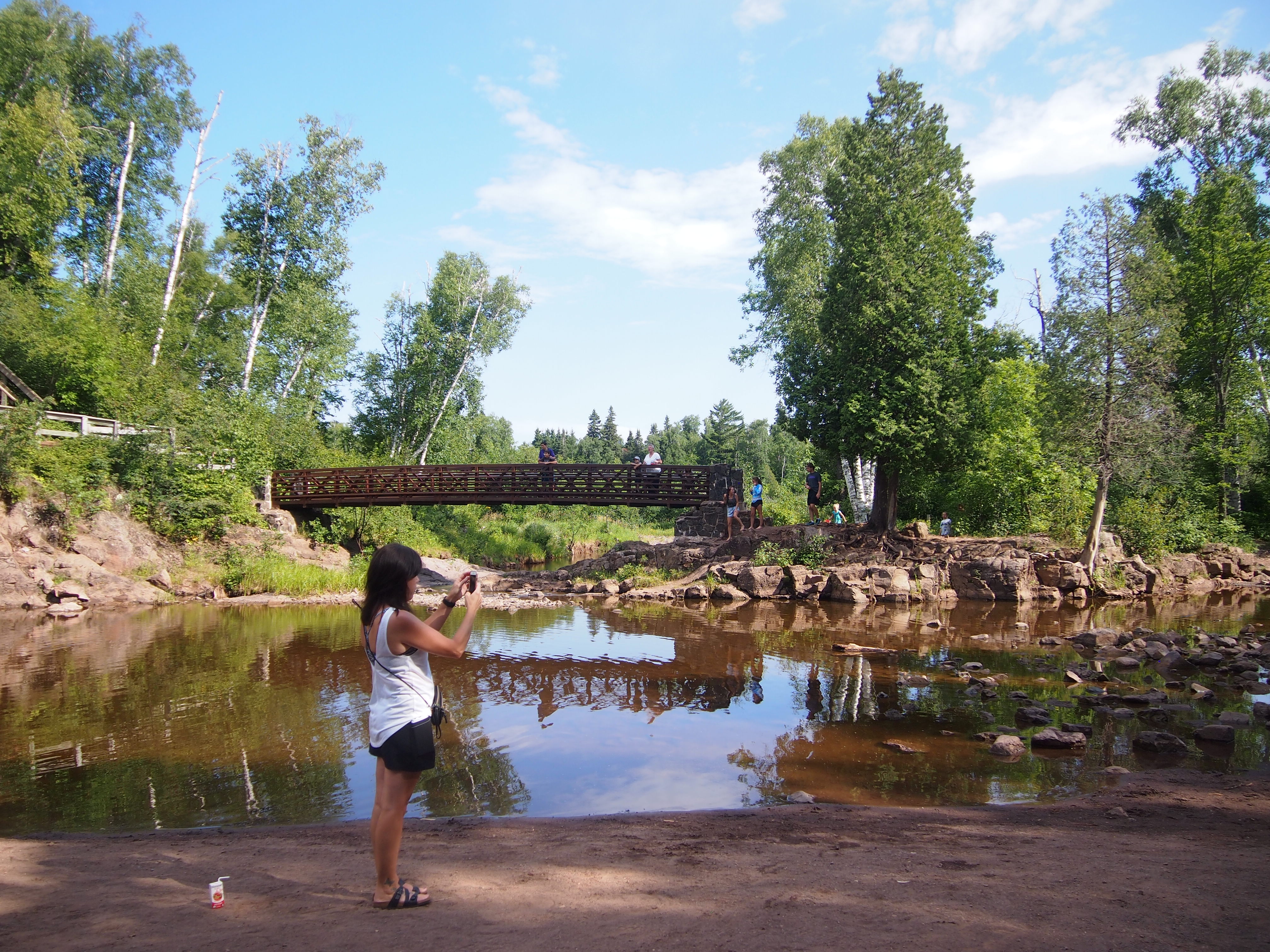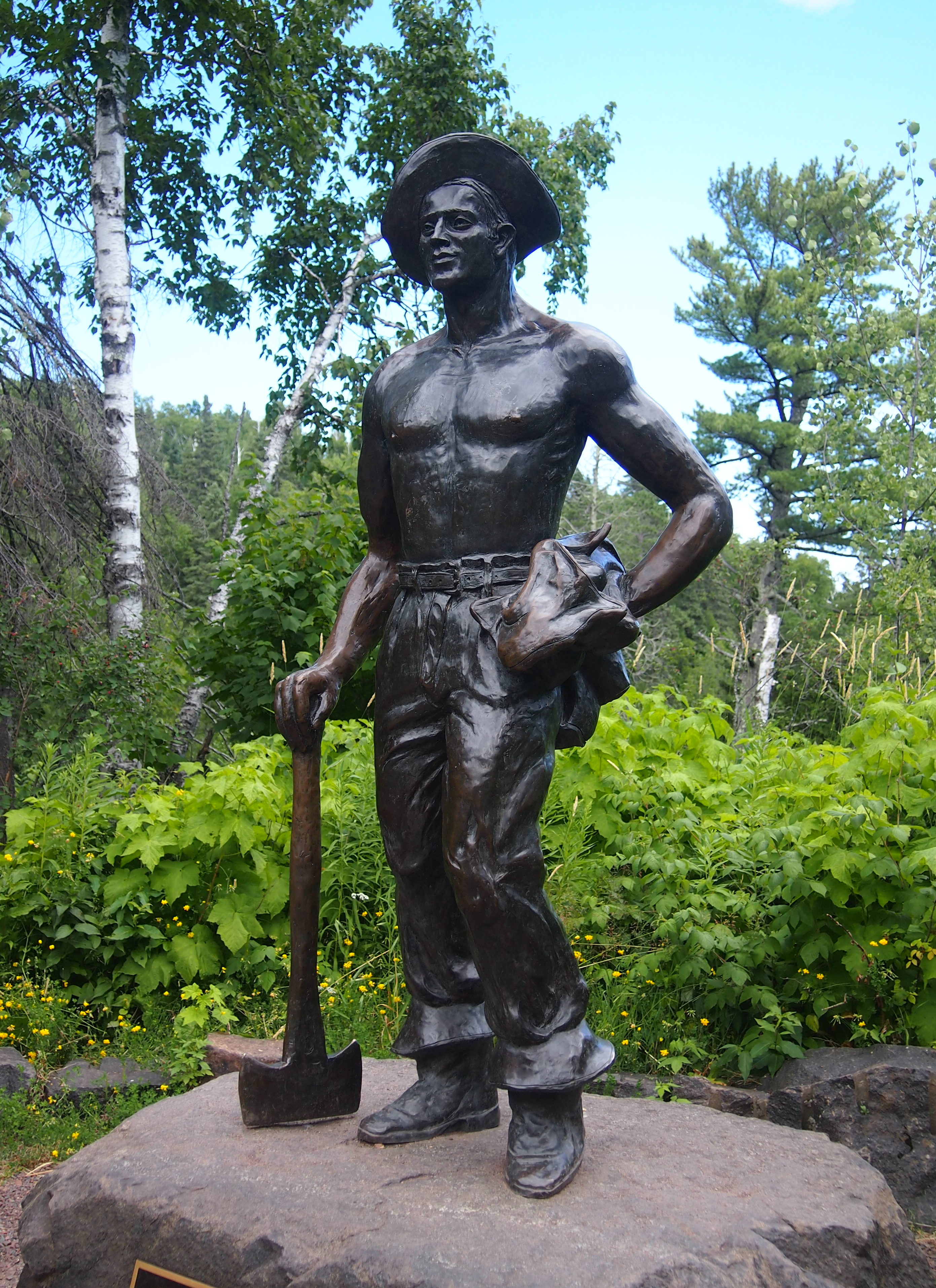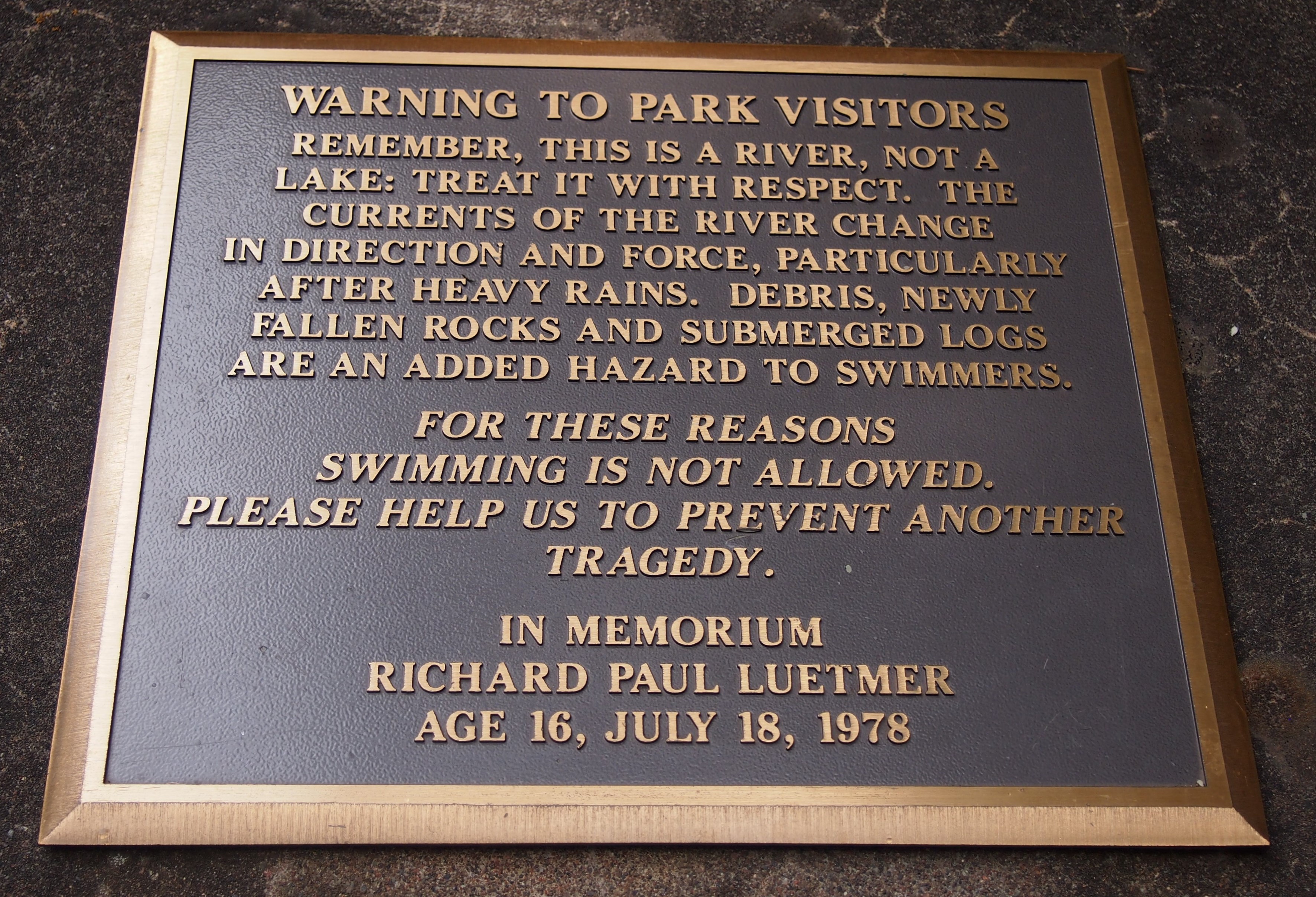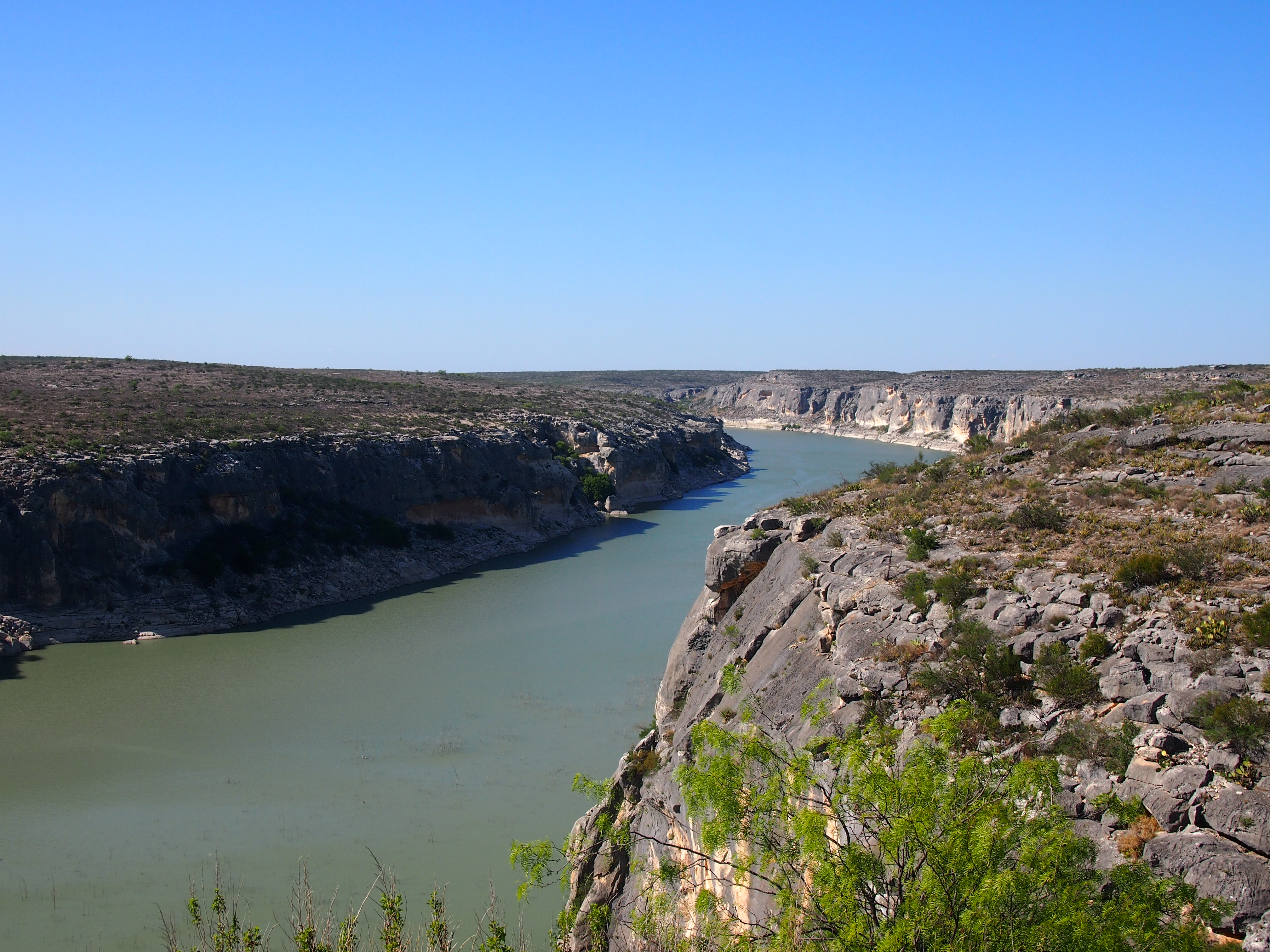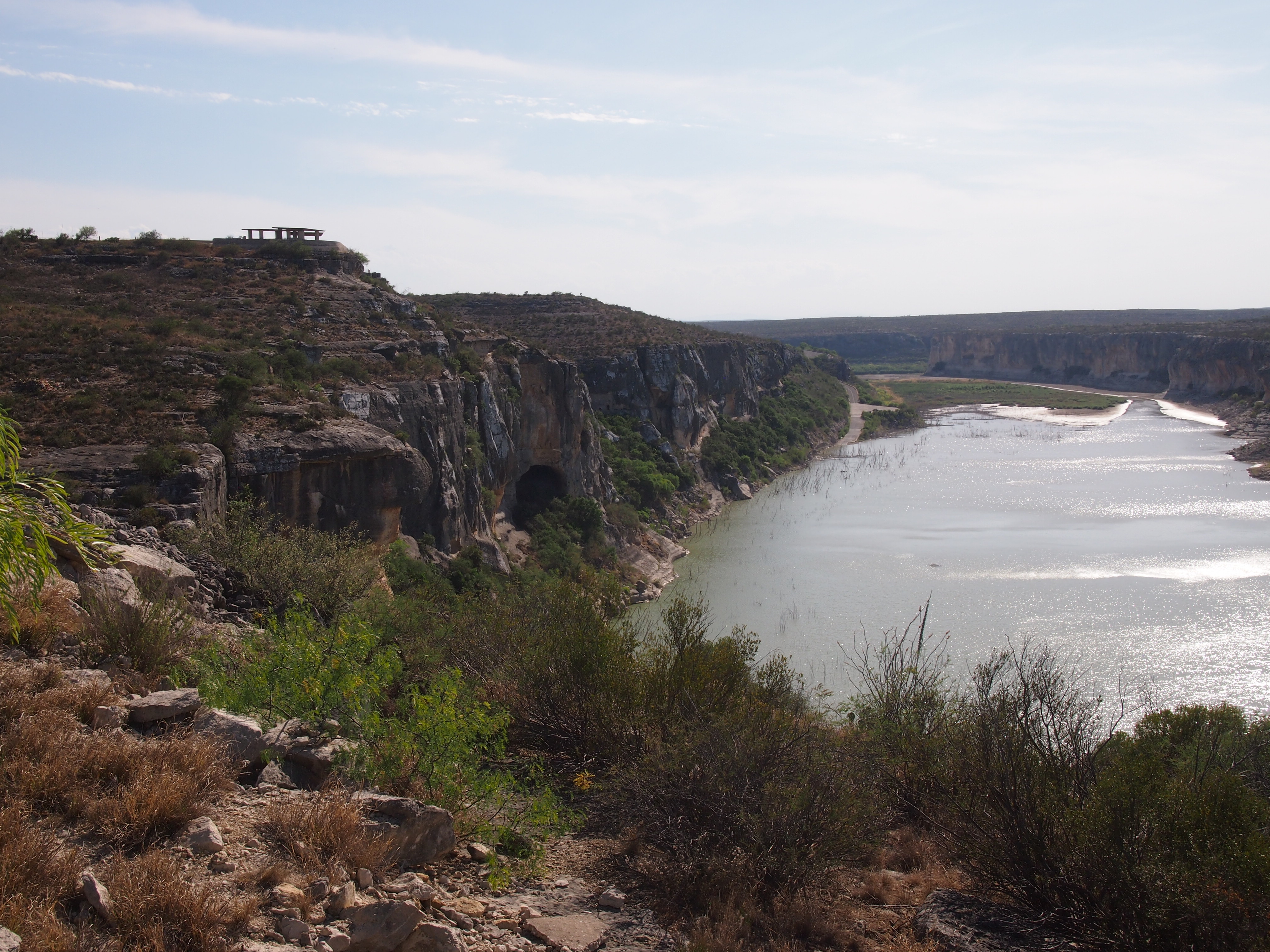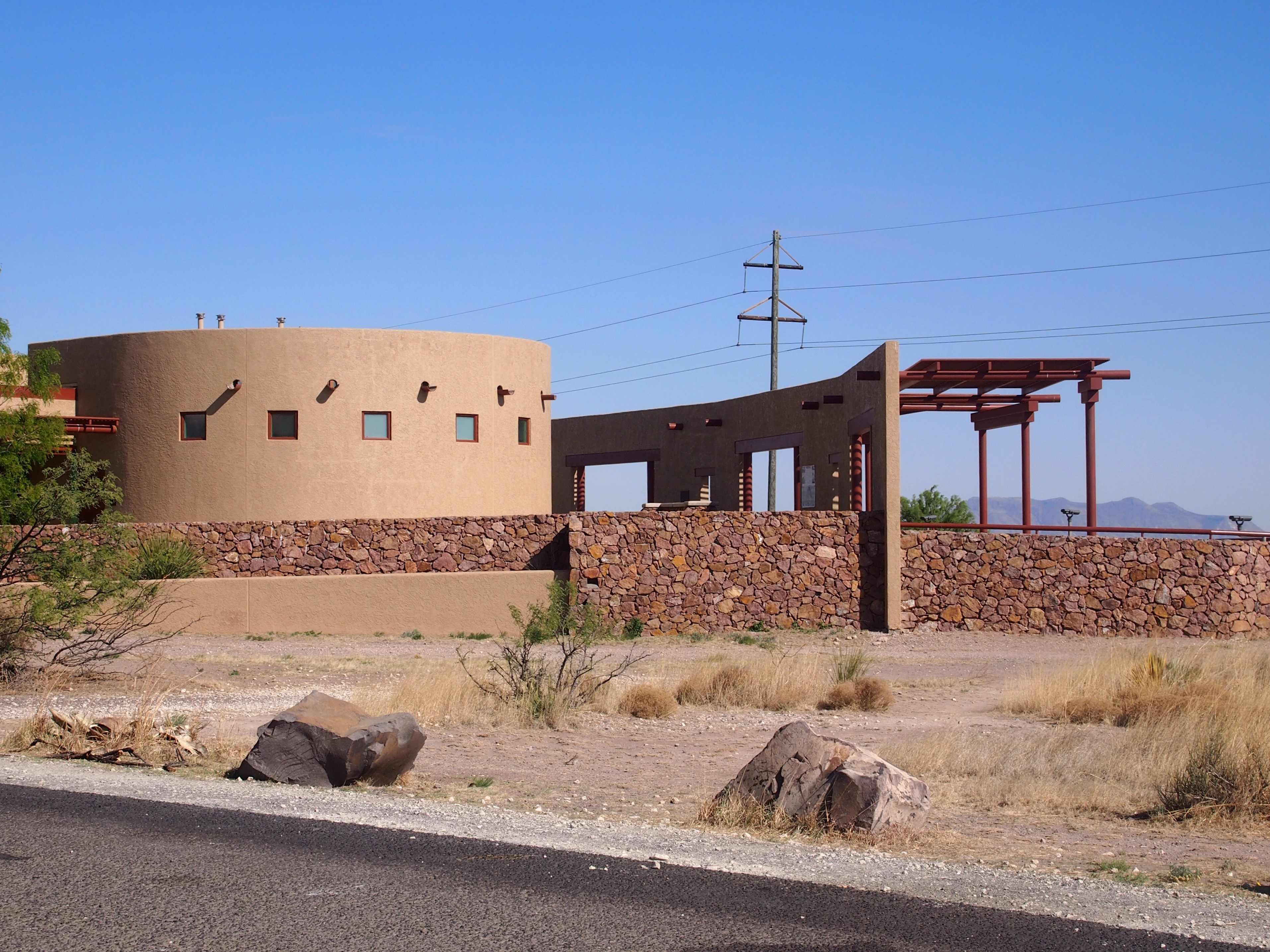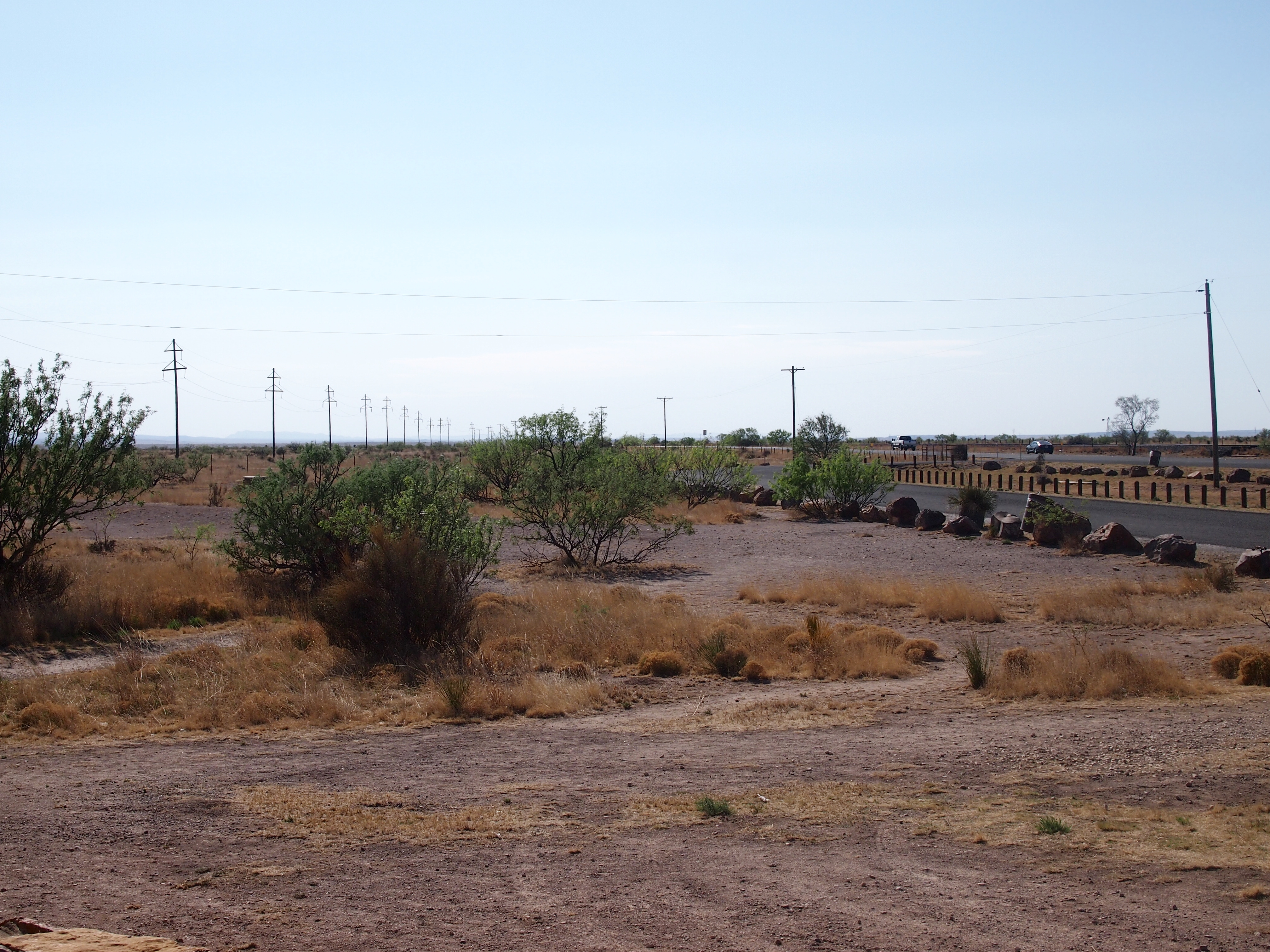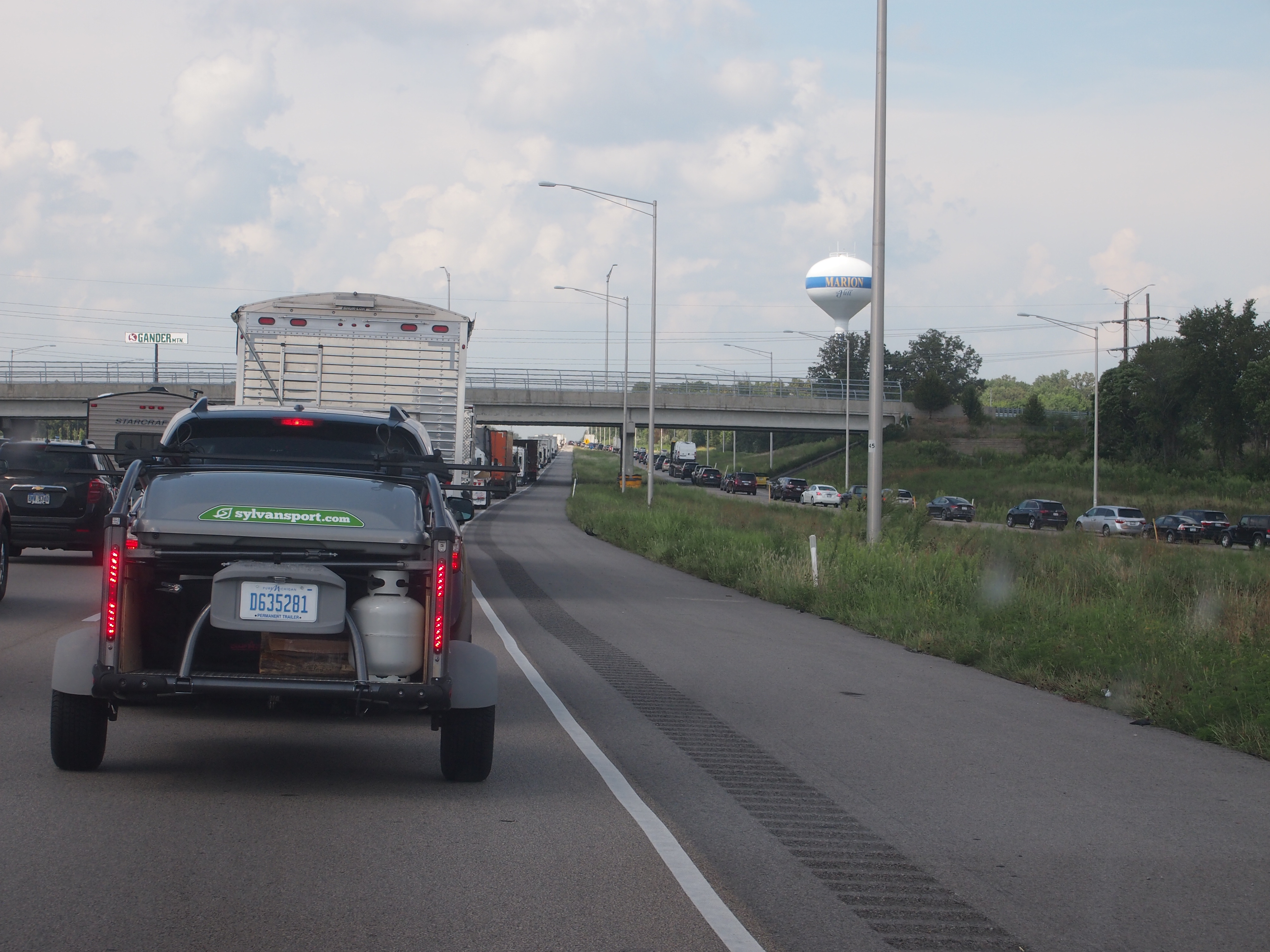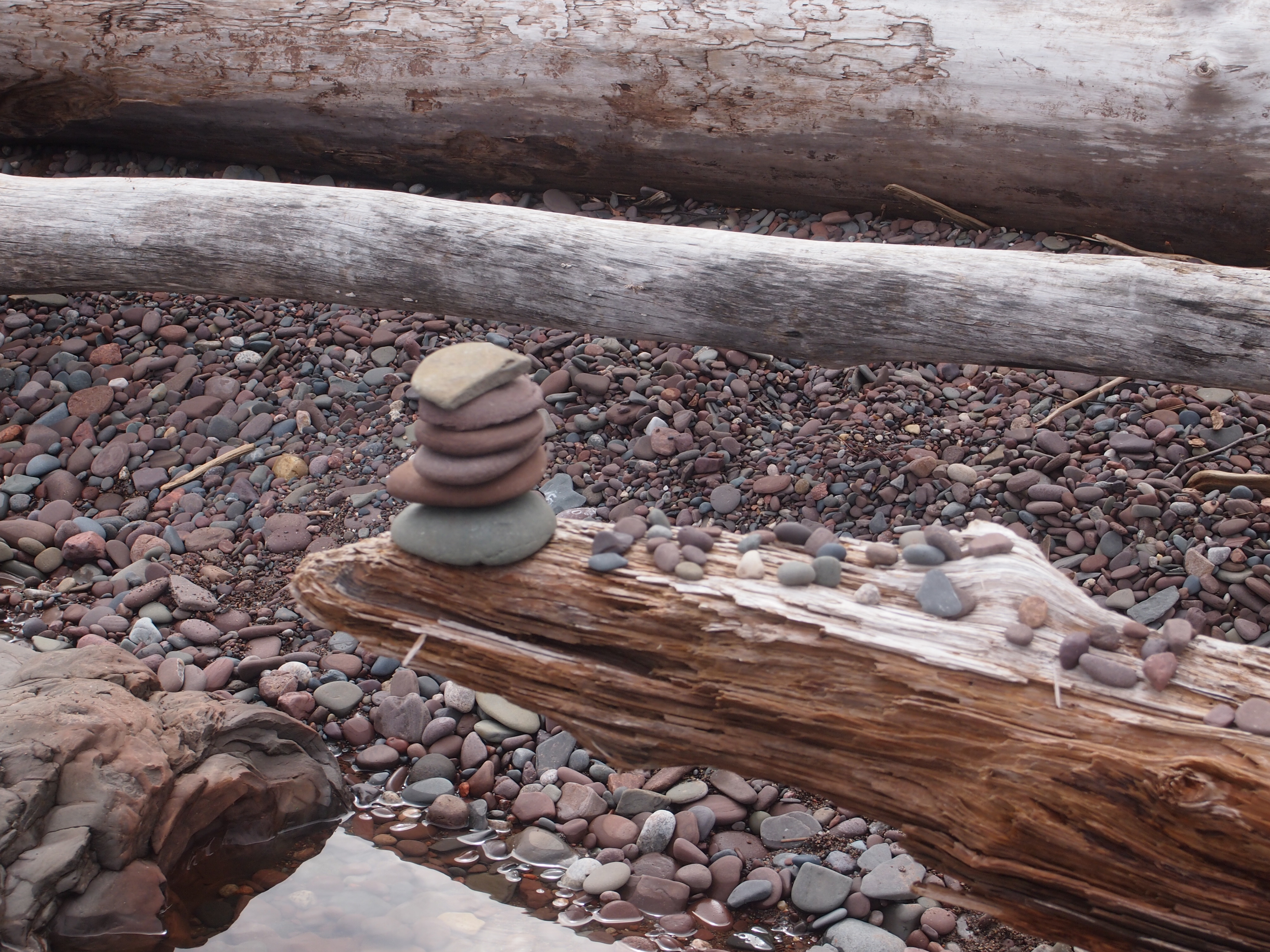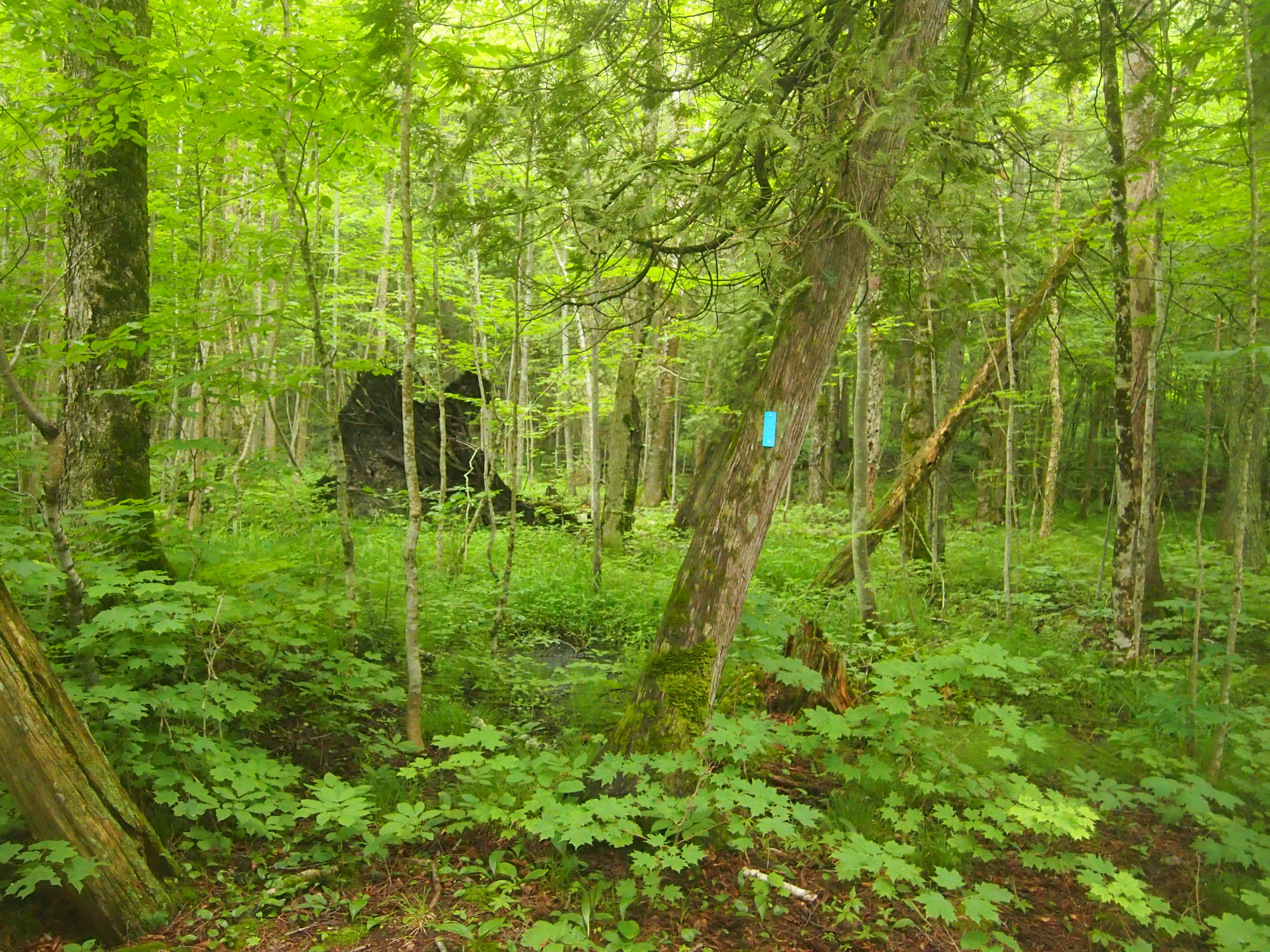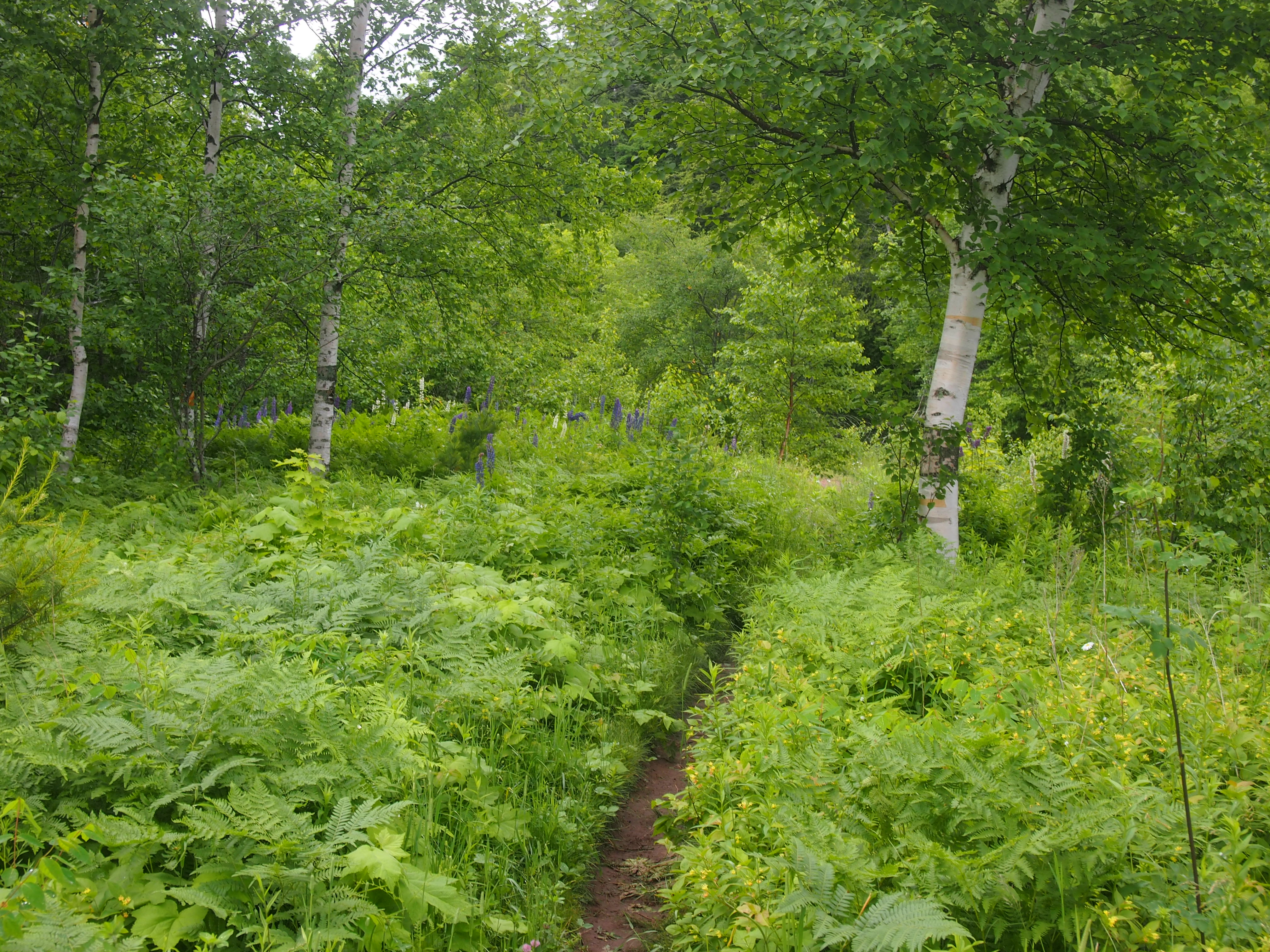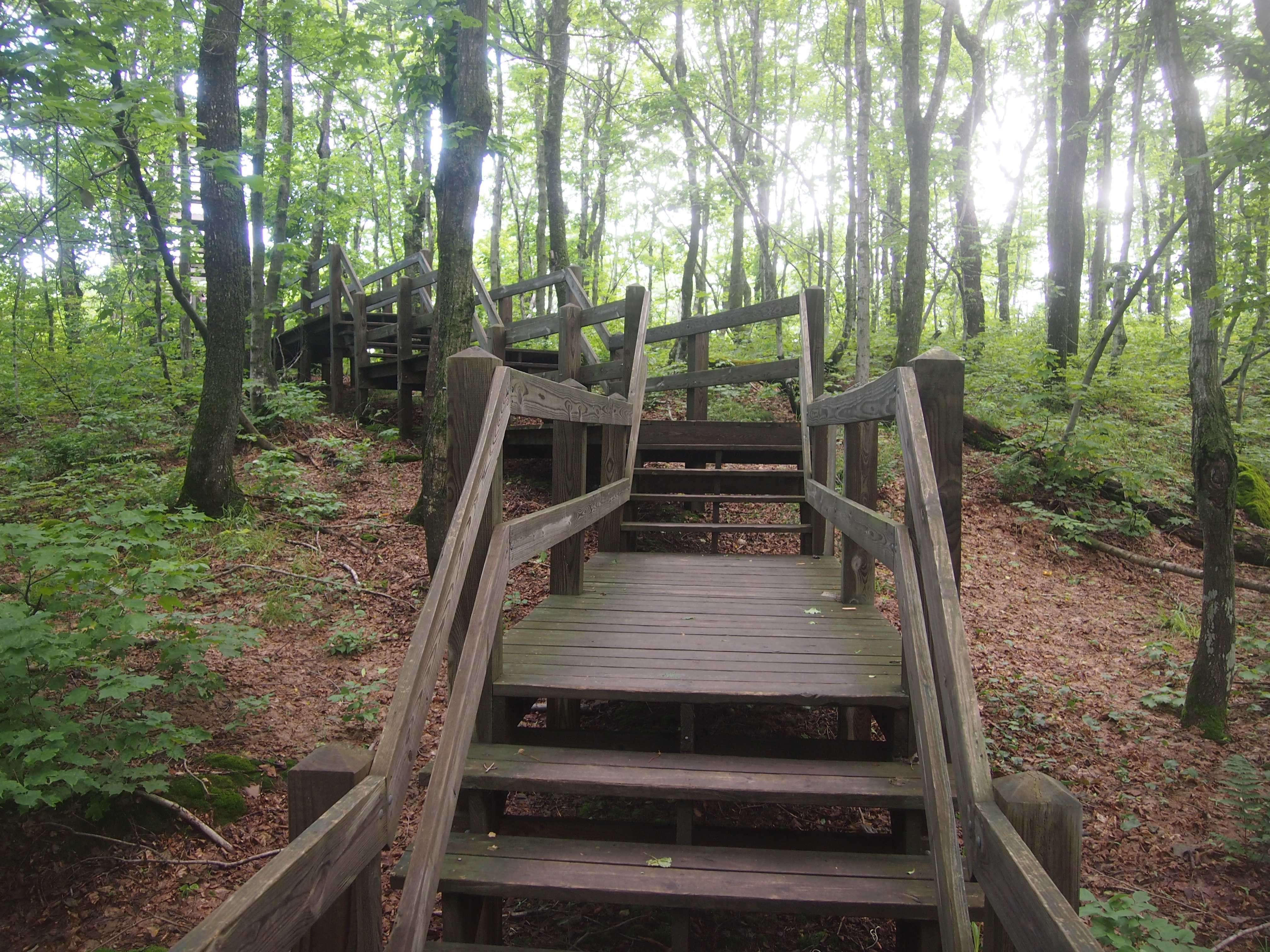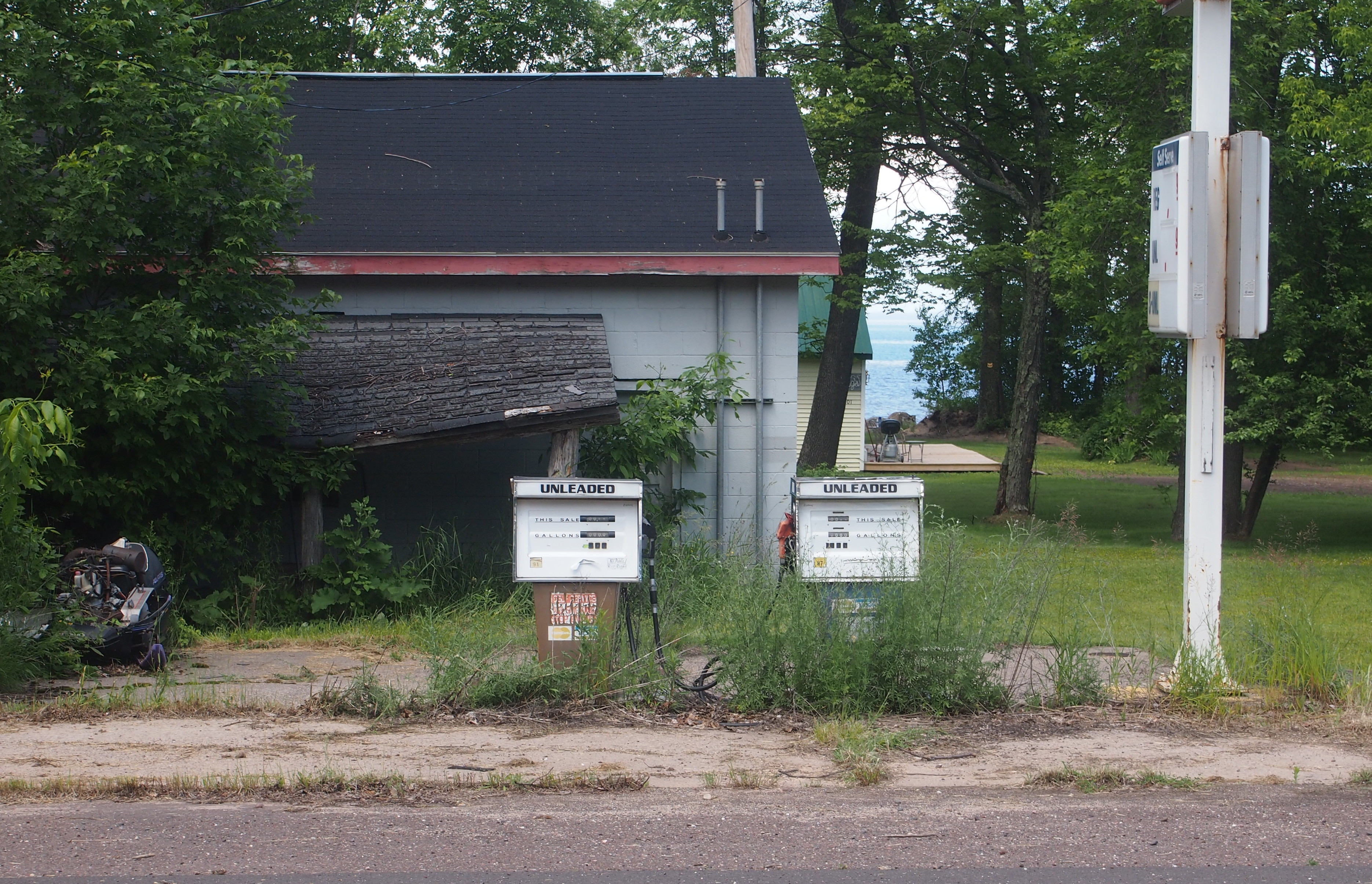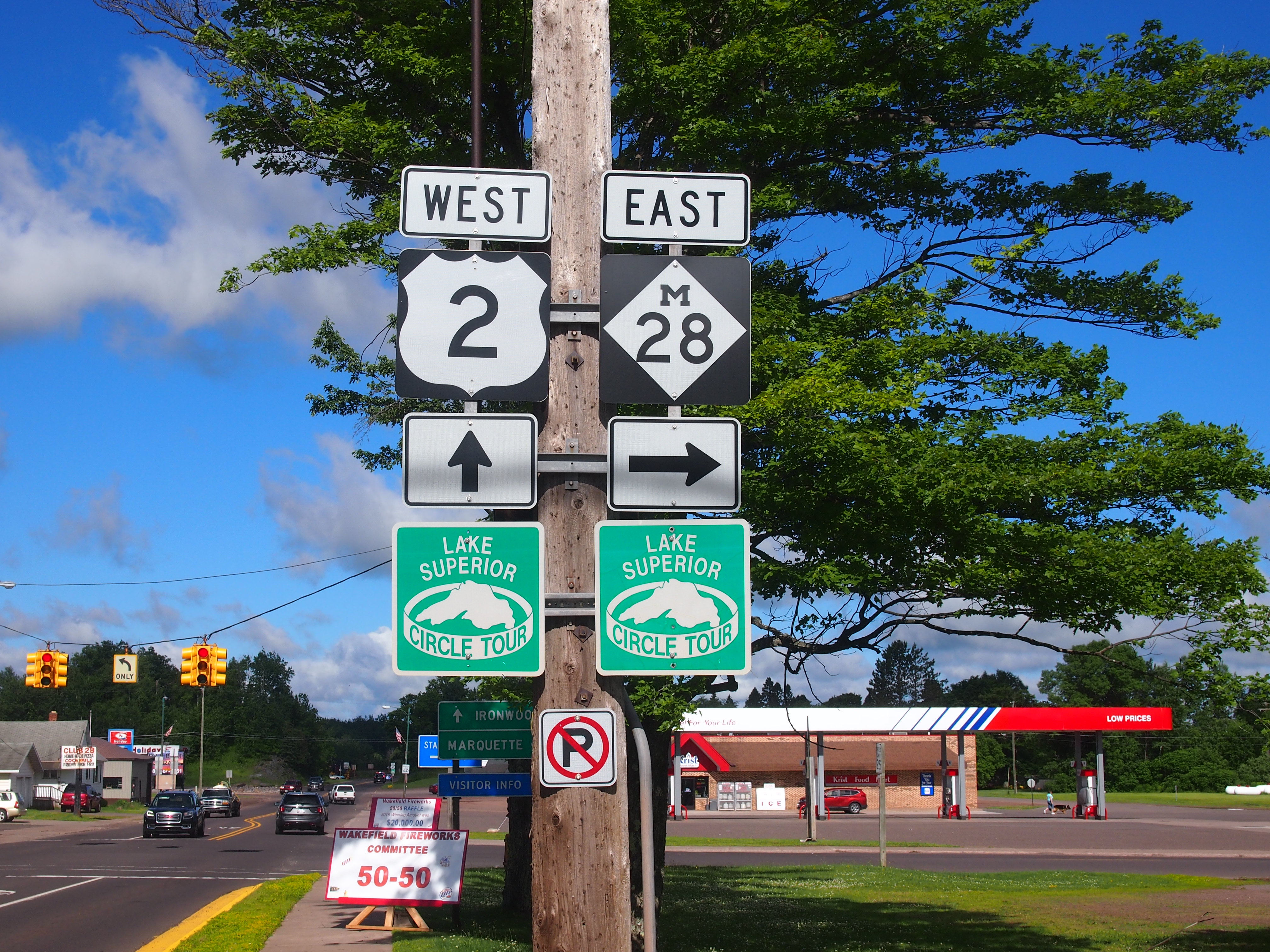When we left New Orleans to drive to Natchez, Mississippi, on May 15, the uninspired route would be have been I-10 to Baton Rouge and then north on US 61. Instead I wanted to drive across Lake Pontchartrain, because I’ve seen that crossing on maps for years. Better yet, it’s no extra charge, since the Lake Pontchartrain Causeway collects no toll northbound.
The morning was bright and traffic light on the causeway. It’s actually two bridges, one each way, so you don’t face miles and miles of unavoidable oncoming traffic mere feet away. An enjoyable stretch of road under those conditions. Uneventful enough driving to ponder the engineering marvel that’s the causeway while still on it.
Before going, I wondered if there would be a few minutes on the causeway when we would be out of sight of land. I’d read claims to that effect. But the answer is no, not that I saw. I spotted the north shore of the lake in the distance before the south shore had completely vanished from my rear-view mirror. Once you get to the other side of the lake, you’re in Mandeville, Louisiana. I-12 from there connects with US 61 in Baton Rouge.
By early afternoon, we were in Natchez, Mississippi. The town has some good views of the Mississippi River from a park on the bluff.
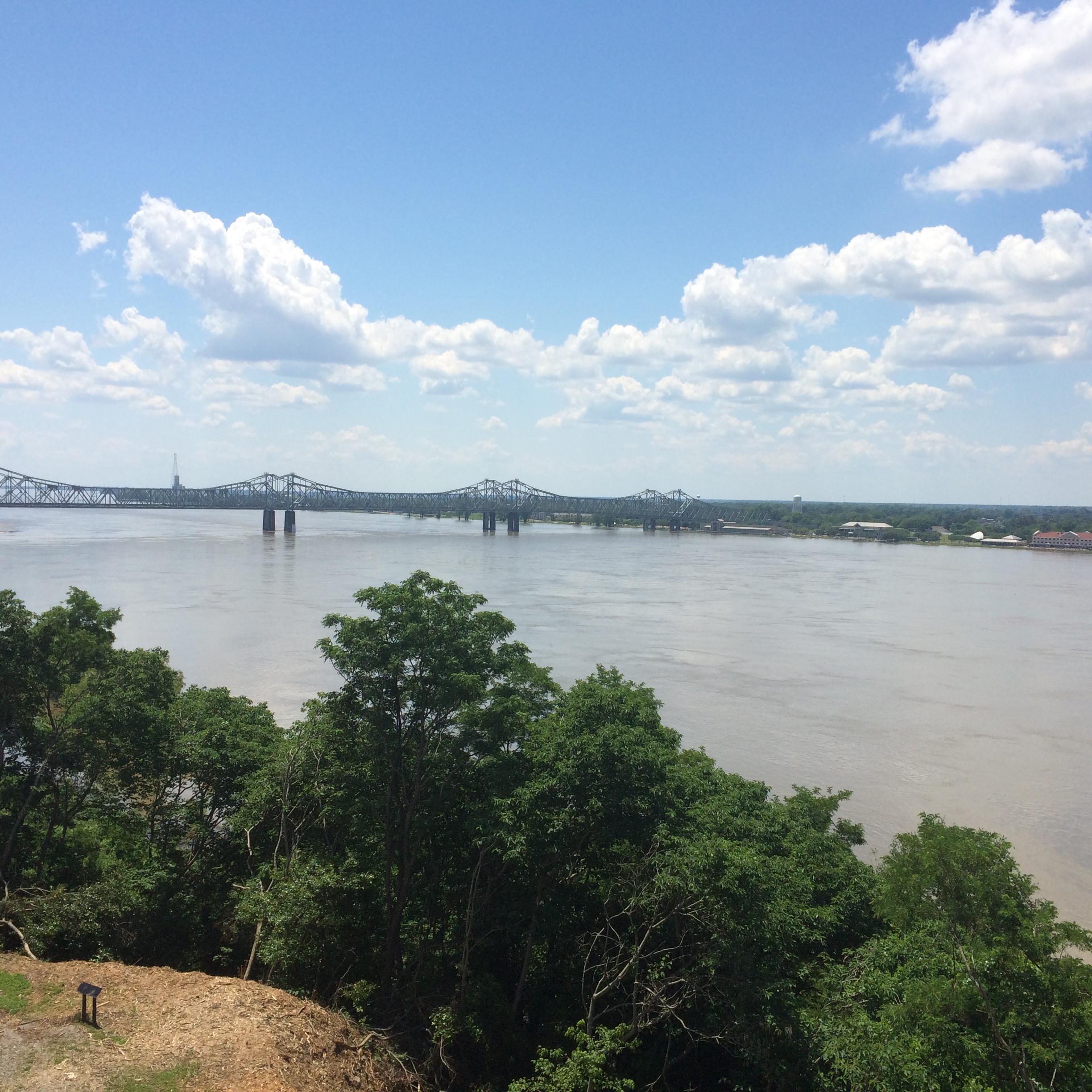
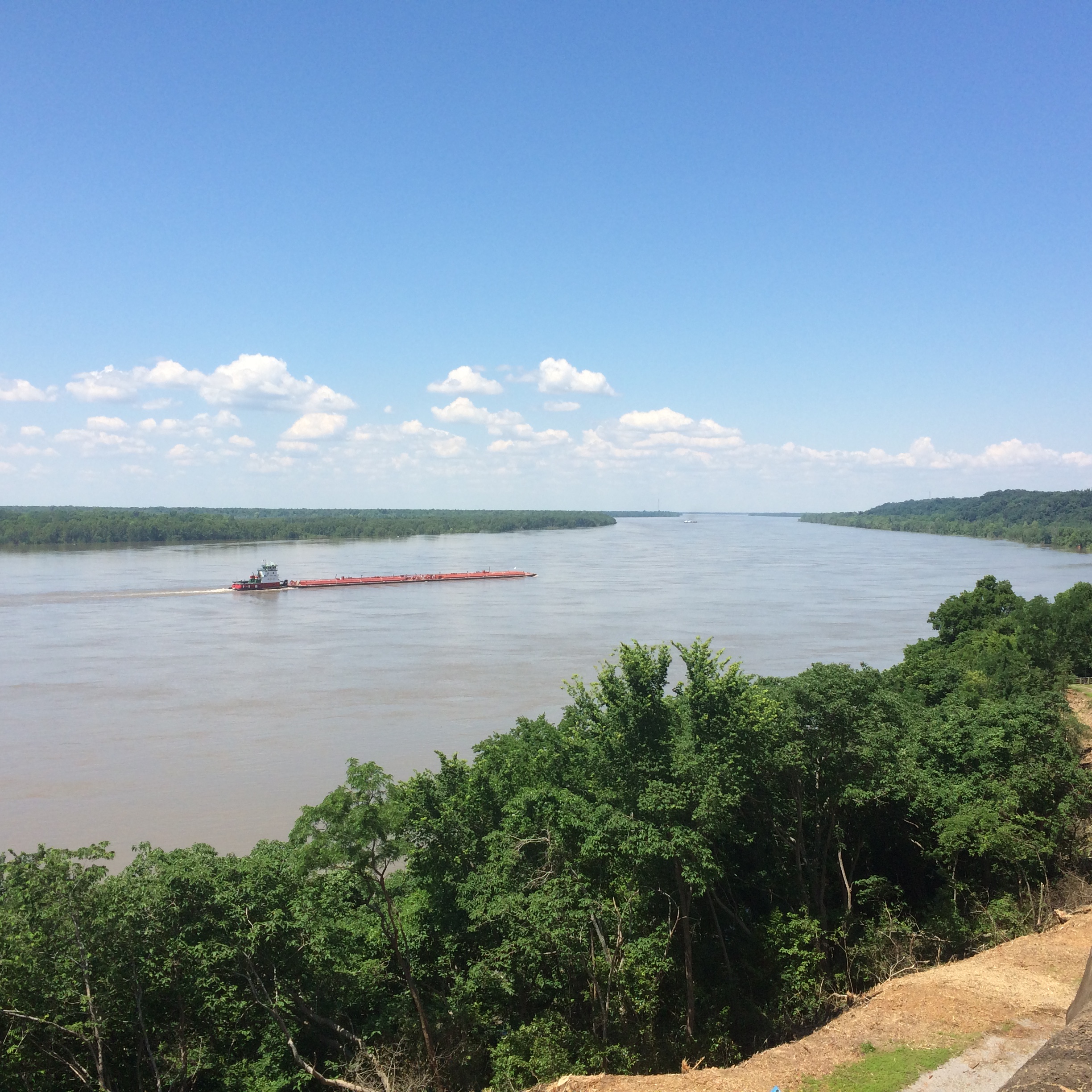 The local gazebo.
The local gazebo.
 It was too hot to wander around in the noonday sun for long. We decided not to tour one of the local antebellum homes, but rather spend the afternoon heading further north on the Natchez Trace Parkway to seek out antebellum ruins instead.
It was too hot to wander around in the noonday sun for long. We decided not to tour one of the local antebellum homes, but rather spend the afternoon heading further north on the Natchez Trace Parkway to seek out antebellum ruins instead.
Lilly drove part of the way on the Trace and I played with my camera.
Others might find the driving dull, but I like driving the Trace for its lush greenery, and also its sparse traffic. No trucks at all.
We took a diversion off the Trace before going to Port Gibson and on to Jackson, along a winding country lane called Rodney Road. Go far enough on that road, and you’ll come to the Windsor Ruins.
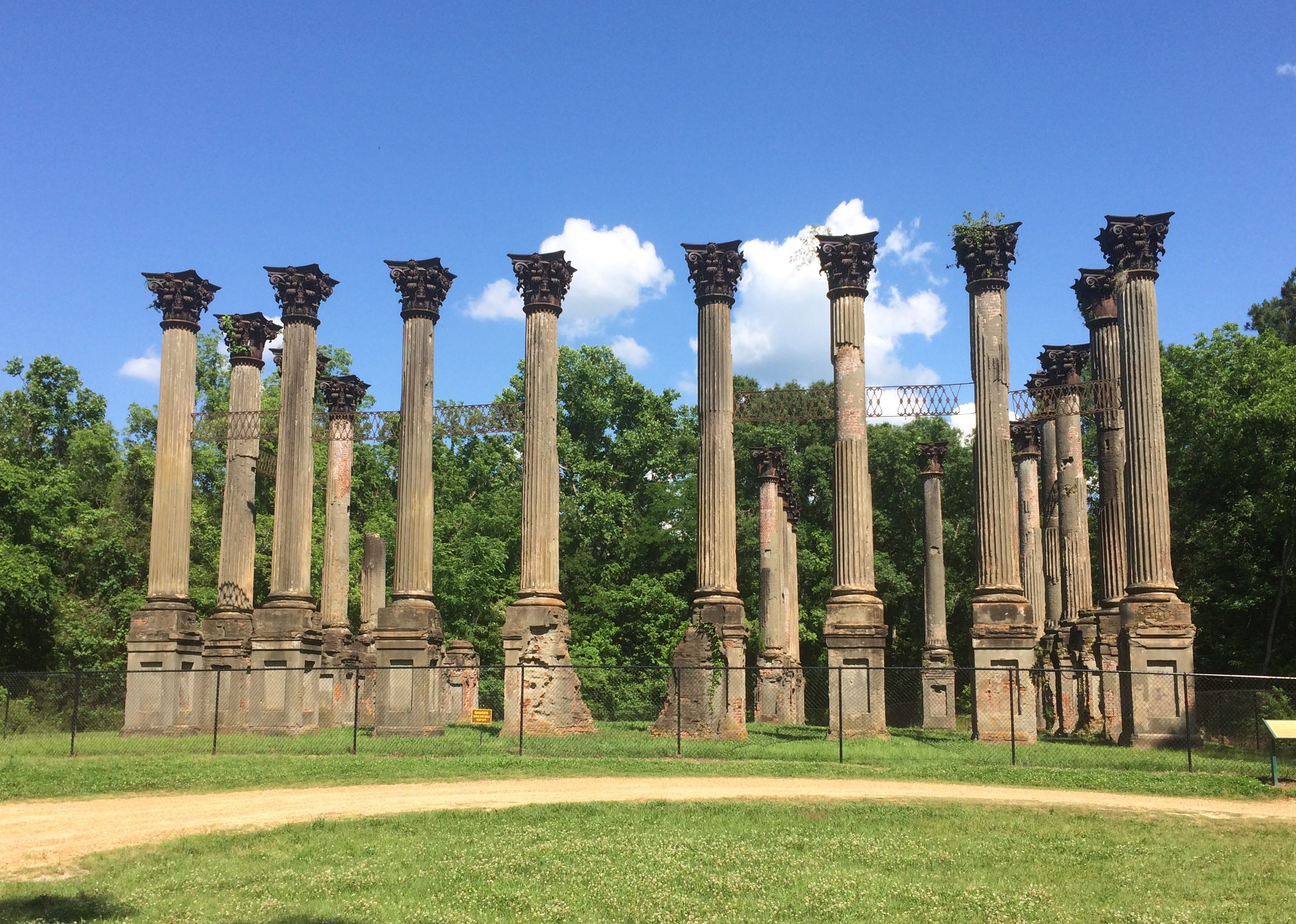 I can’t remember where I read about the ruins, but the place has been filed under my Possible Minor Destinations for a good while. That’s such a sprawling, unorganized mental catalog of places that it’s a wonder that I ever remember to take the right detours at the right time.
I can’t remember where I read about the ruins, but the place has been filed under my Possible Minor Destinations for a good while. That’s such a sprawling, unorganized mental catalog of places that it’s a wonder that I ever remember to take the right detours at the right time.
We were the only ones there once another car left a minute or two after we arrived. Considering that the ruins used to be the heart of an enormous plantation, it’s remarkable how lonely the spot now feels. History has passed it by.
The view from the ruins.
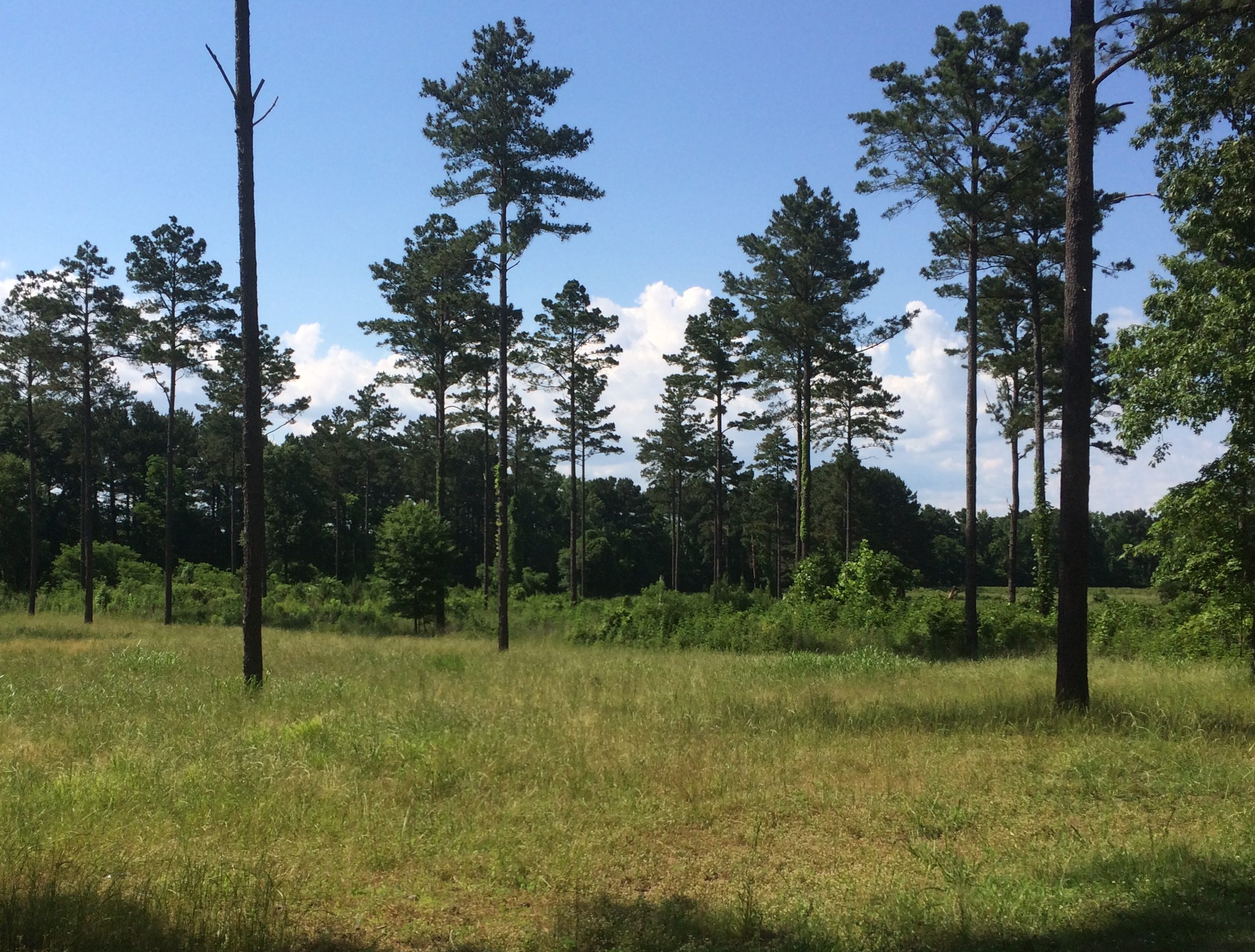 “Windsor, built between 1859 and 1861, was the home of Smith Coffee Daniell II, a wealthy planter who had extensive properties in the Delta and in Arkansas,” the NPS says. “Completed in 1861, the home was the largest house built at that time [in Mississippi], the plantation once covering over 2,600 acres.
“Windsor, built between 1859 and 1861, was the home of Smith Coffee Daniell II, a wealthy planter who had extensive properties in the Delta and in Arkansas,” the NPS says. “Completed in 1861, the home was the largest house built at that time [in Mississippi], the plantation once covering over 2,600 acres.
Curiously, Daniell died on April 12, 1861. The mansion survived the war, probably because the Union army used it as soon as the area had been captured, but it burned down by accident in 1890.
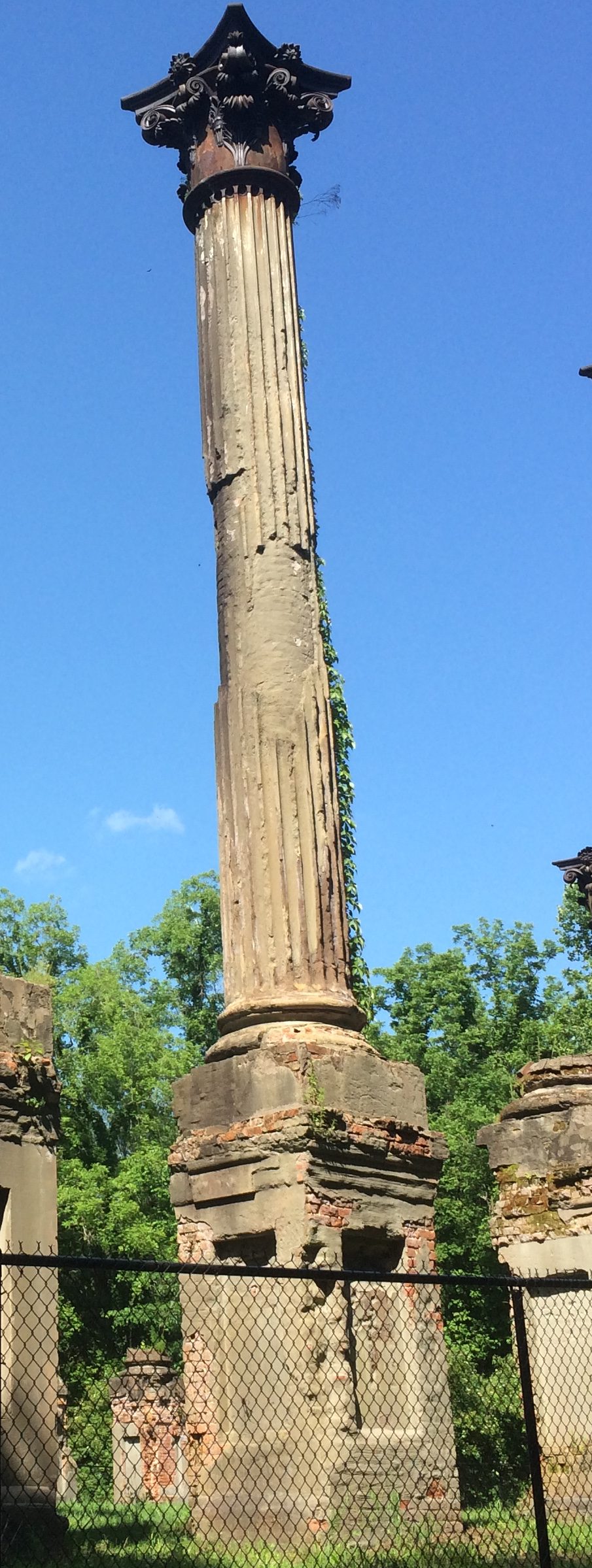 The fence is fairly new, added by the state, which now owns the site. Guess the state of Mississippi doesn’t want any of the 23 massive Corinthian columns coming down on any hapless visitors. They’re looking a little dodgy.
The fence is fairly new, added by the state, which now owns the site. Guess the state of Mississippi doesn’t want any of the 23 massive Corinthian columns coming down on any hapless visitors. They’re looking a little dodgy.
